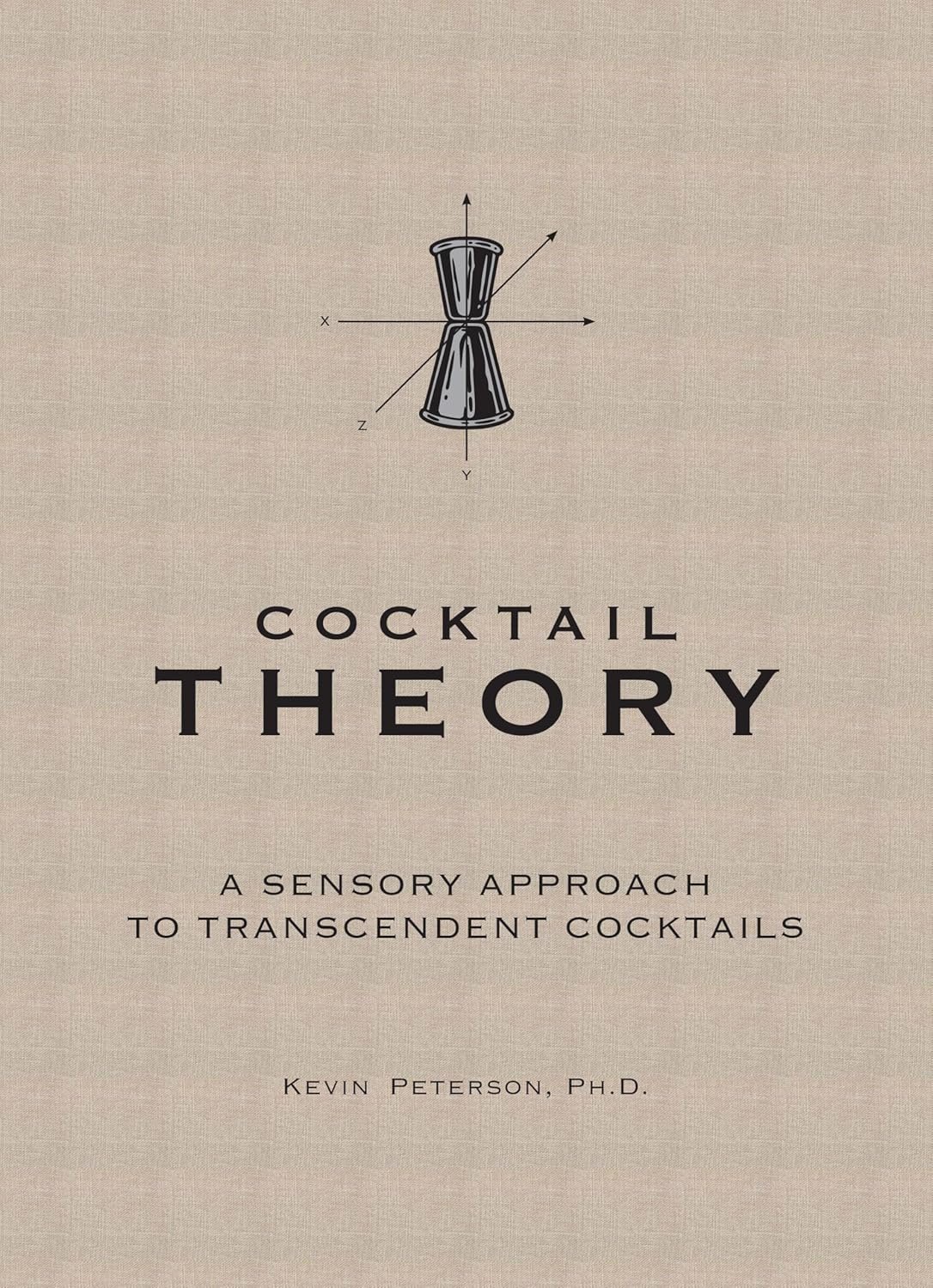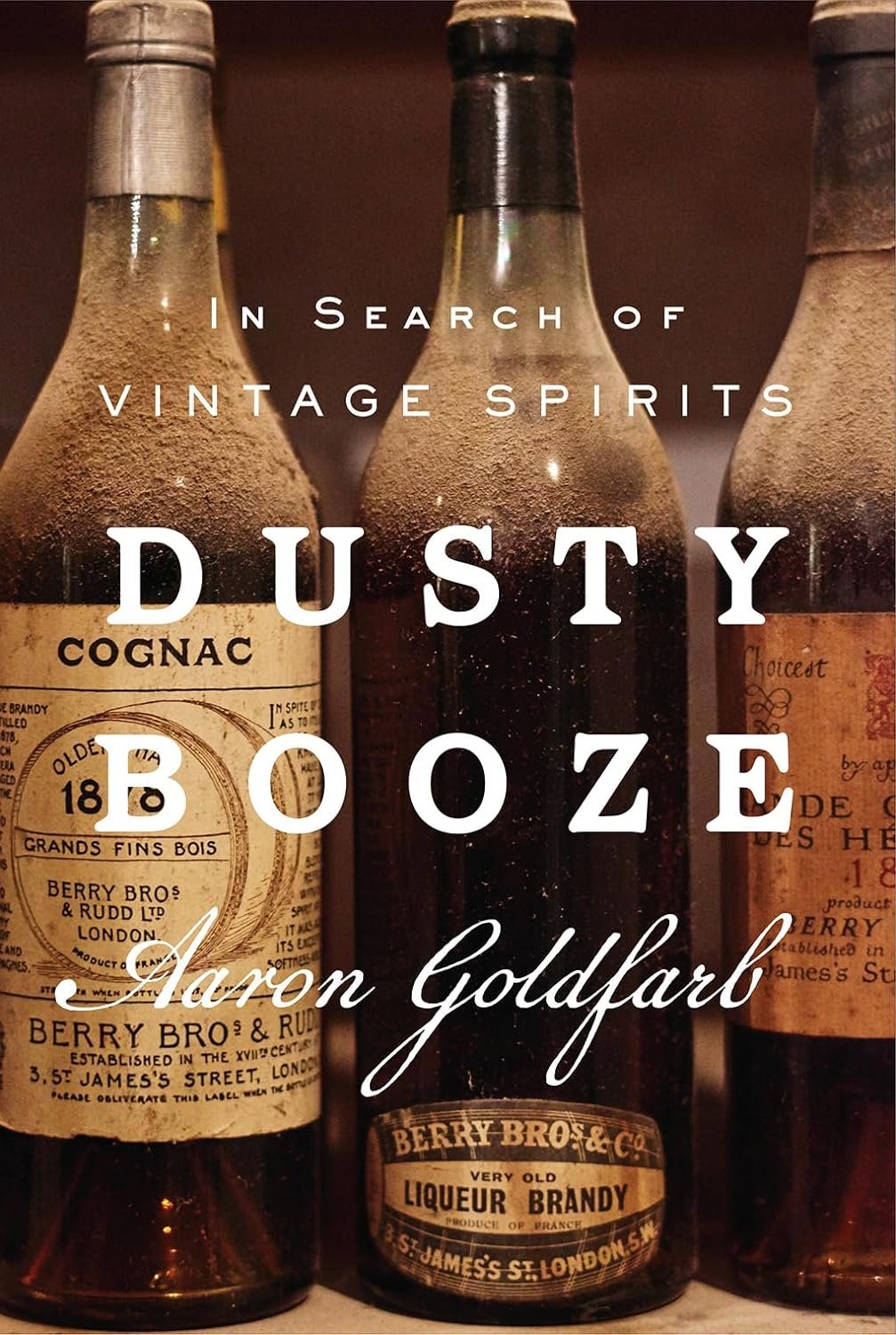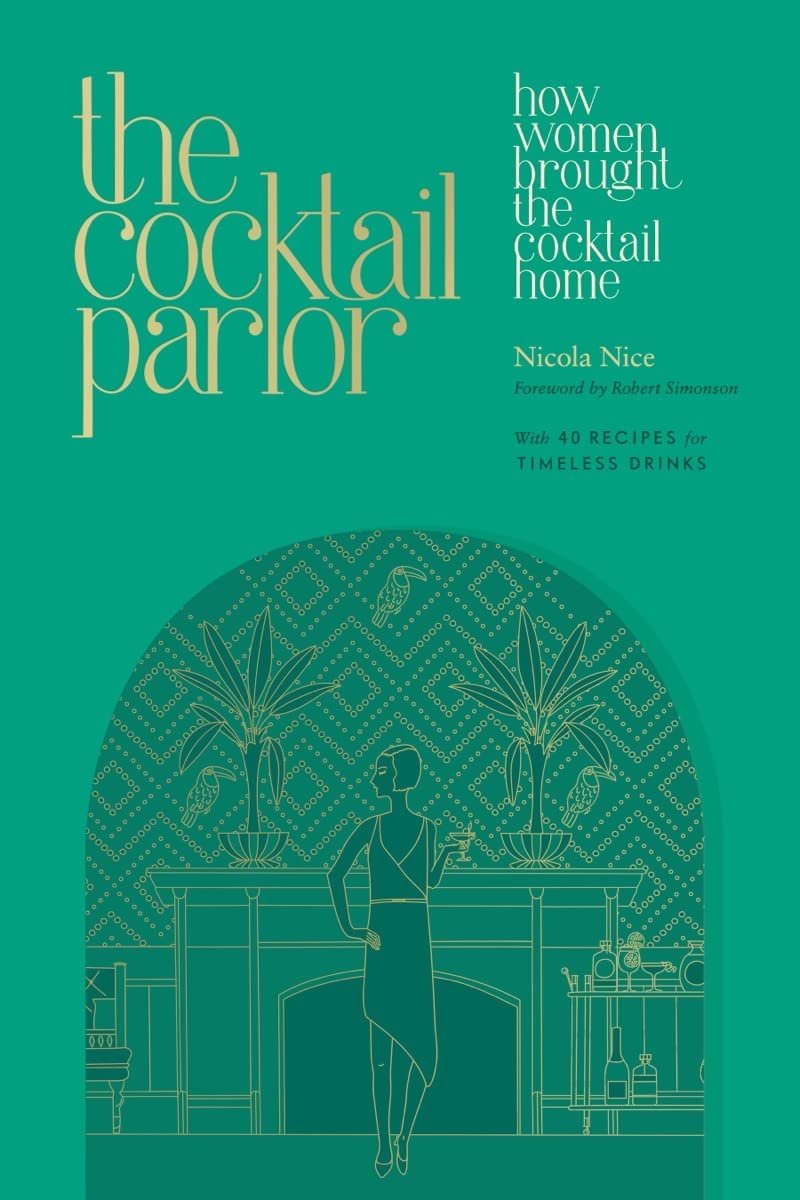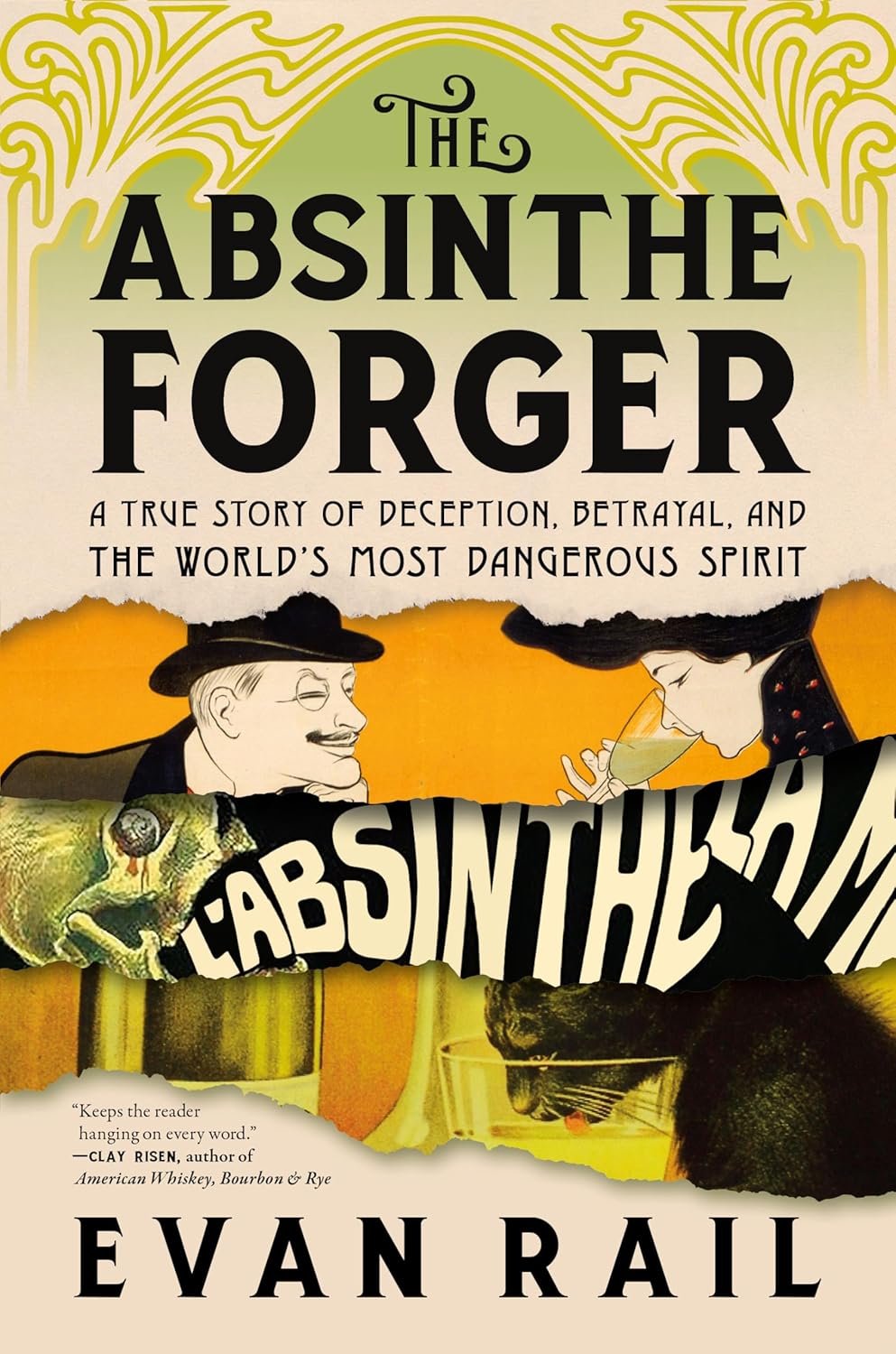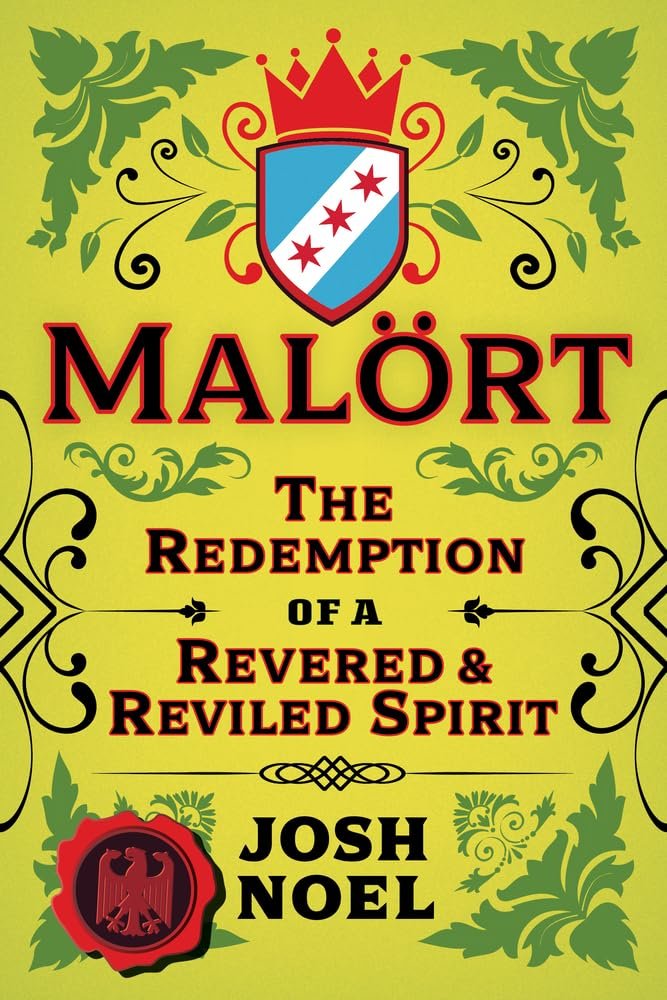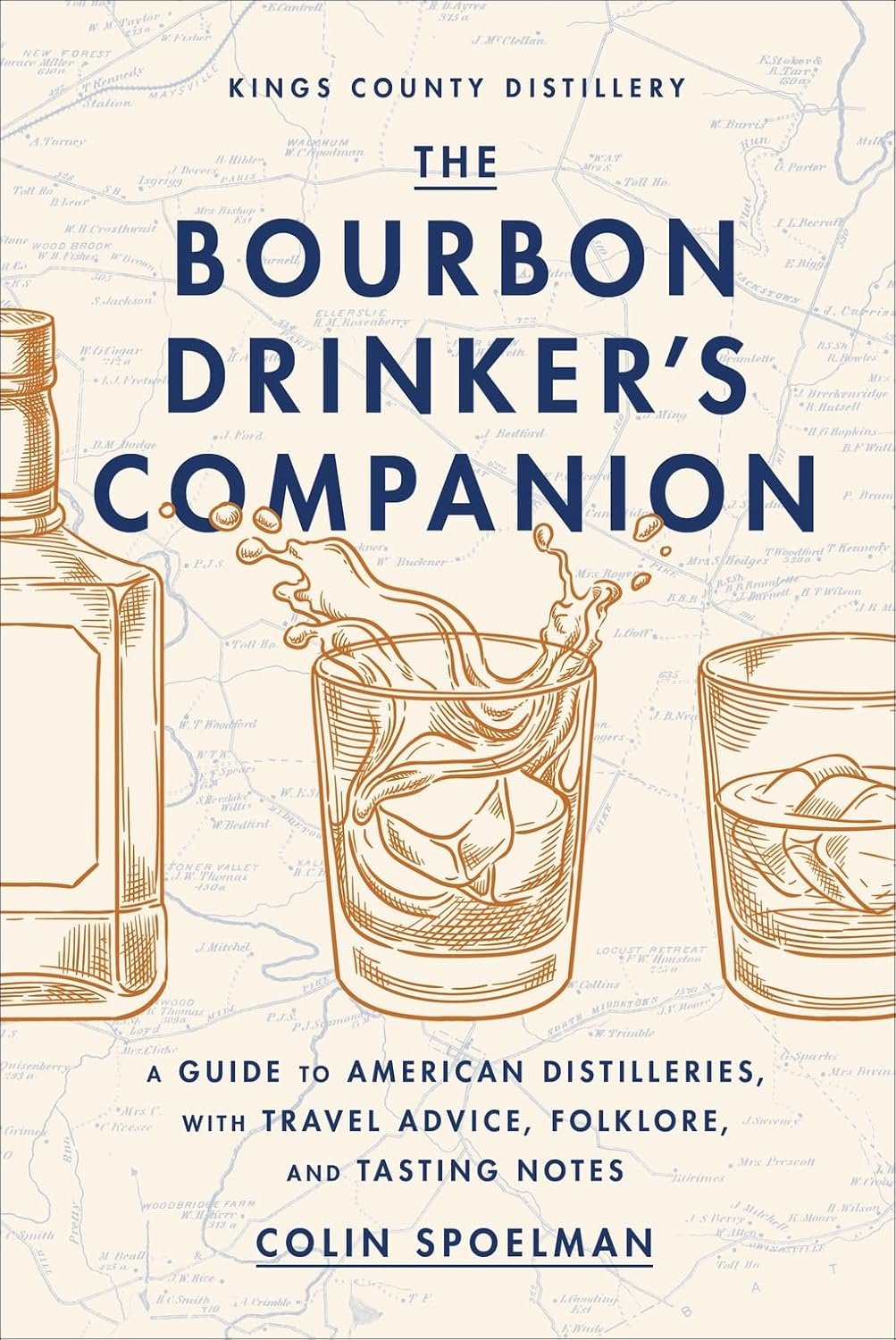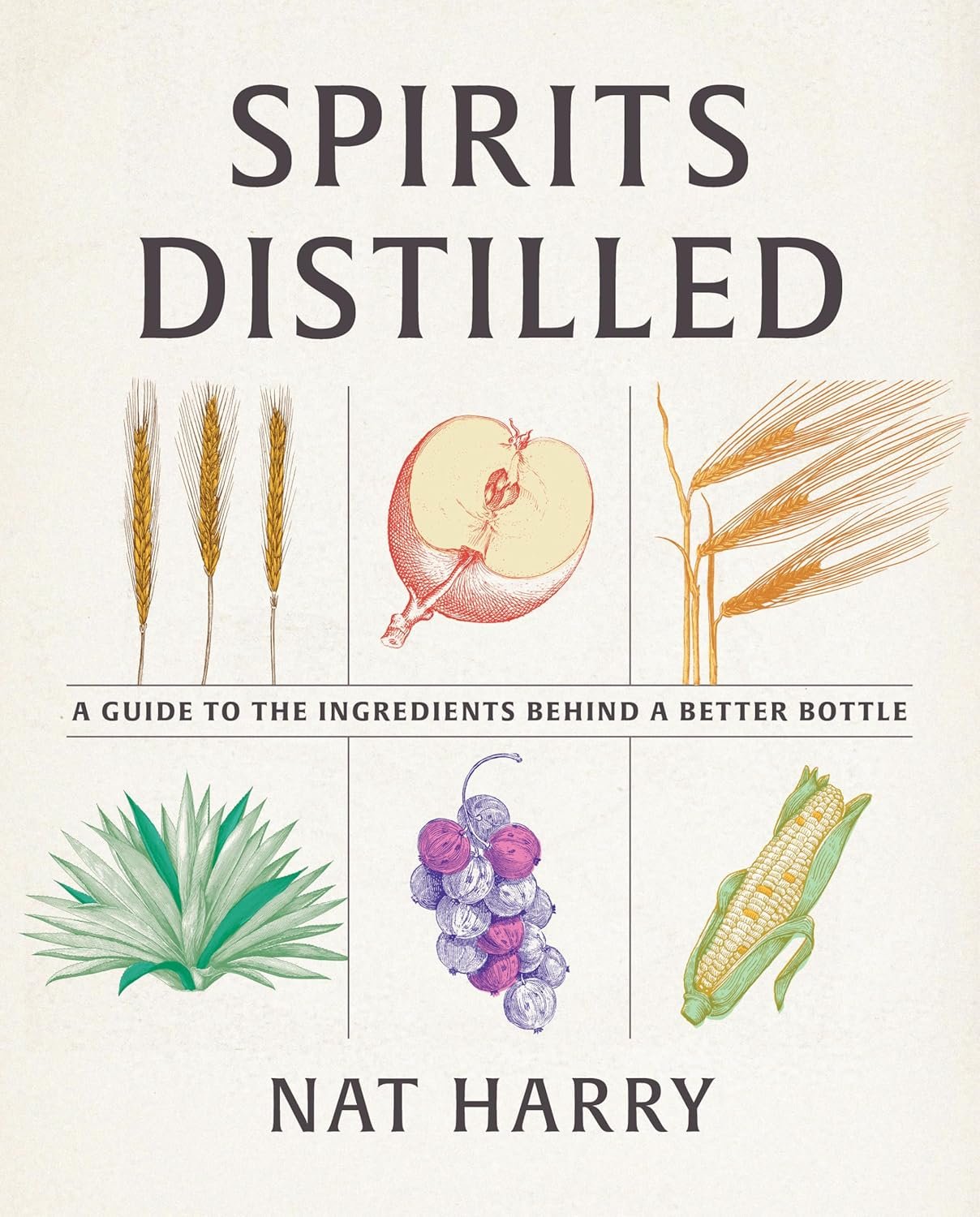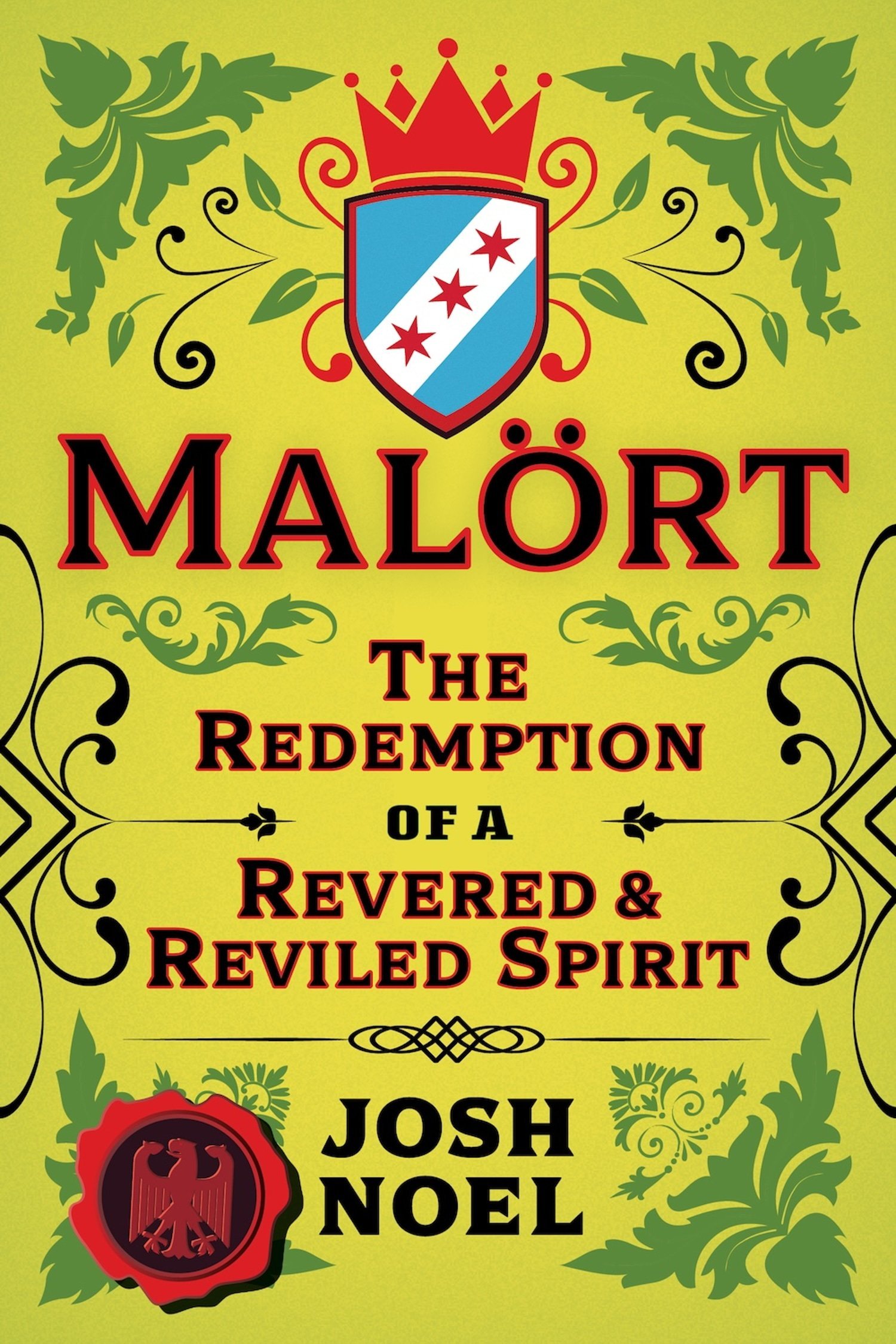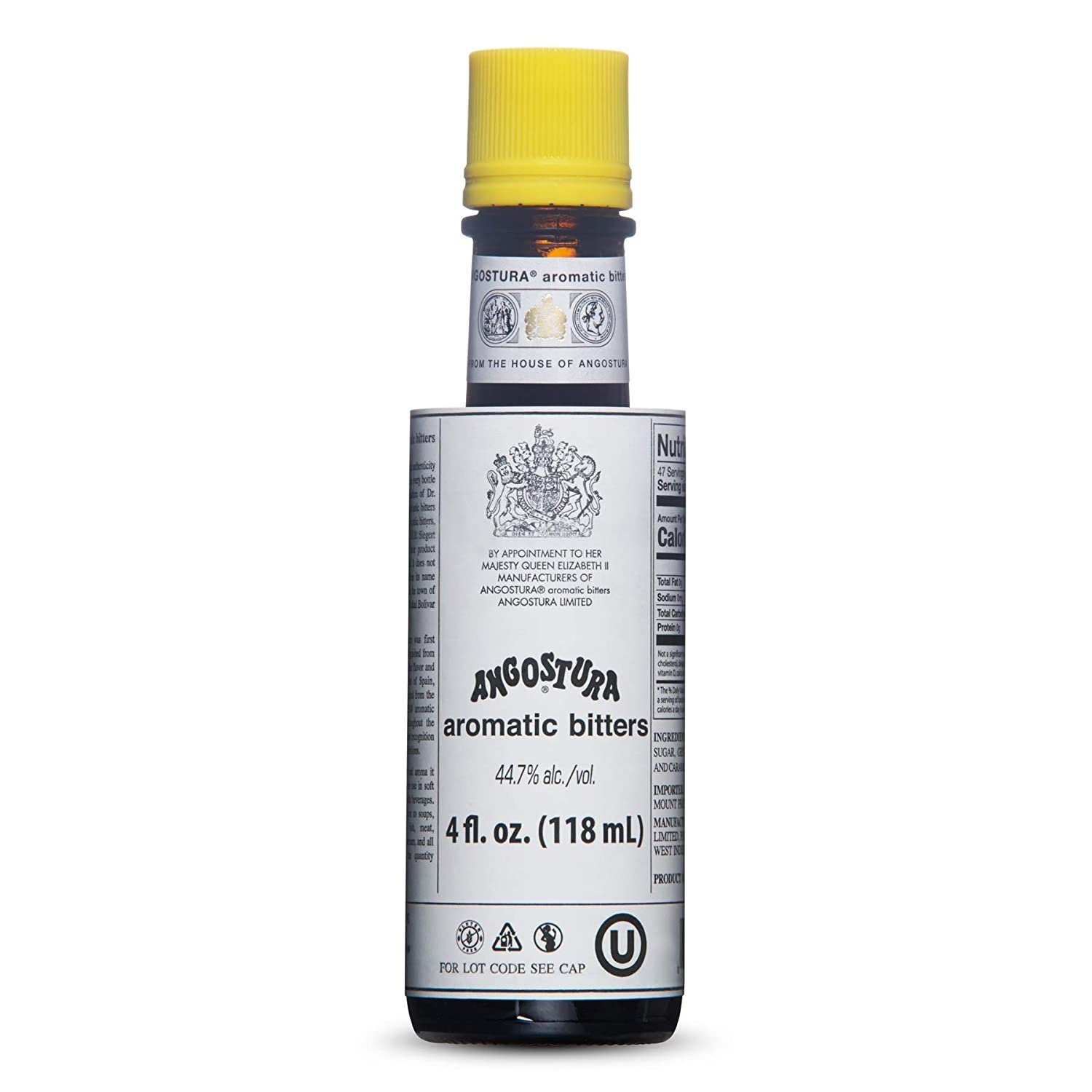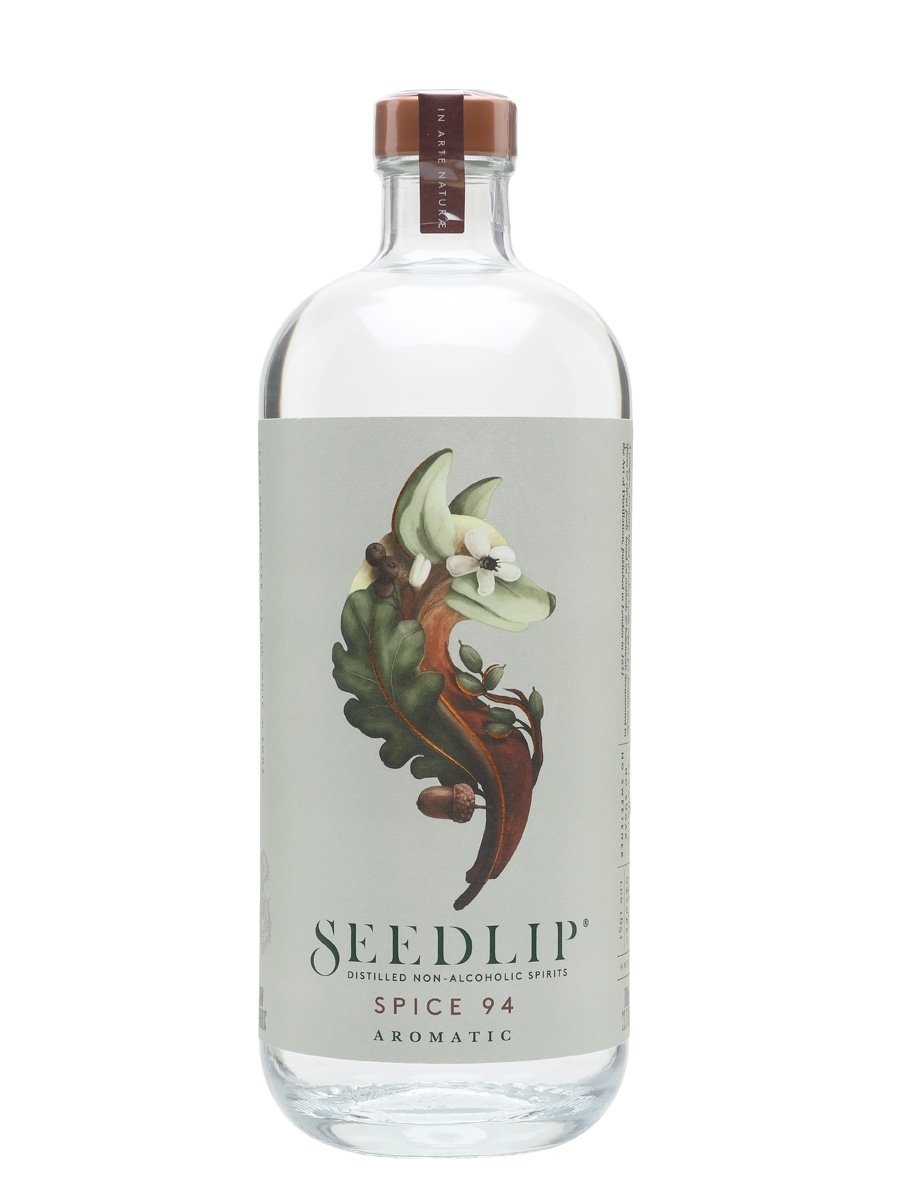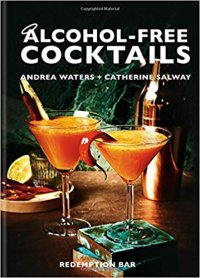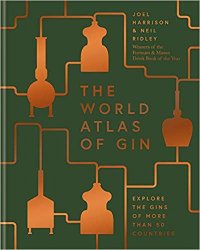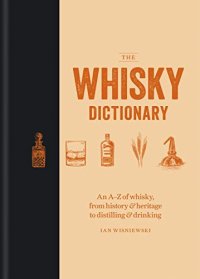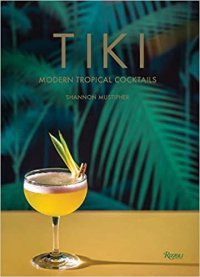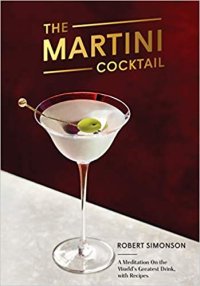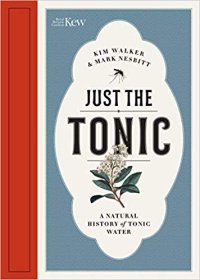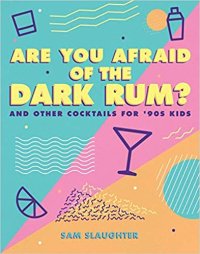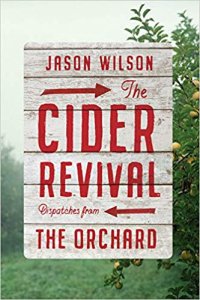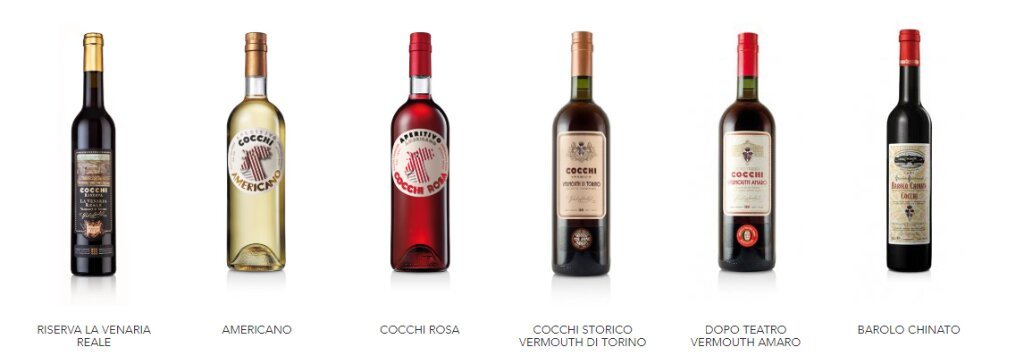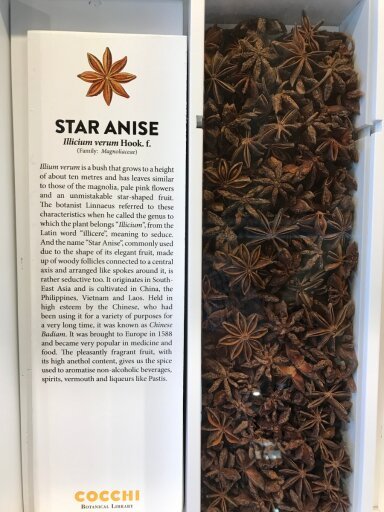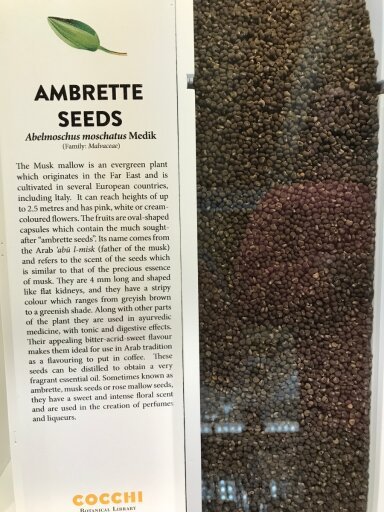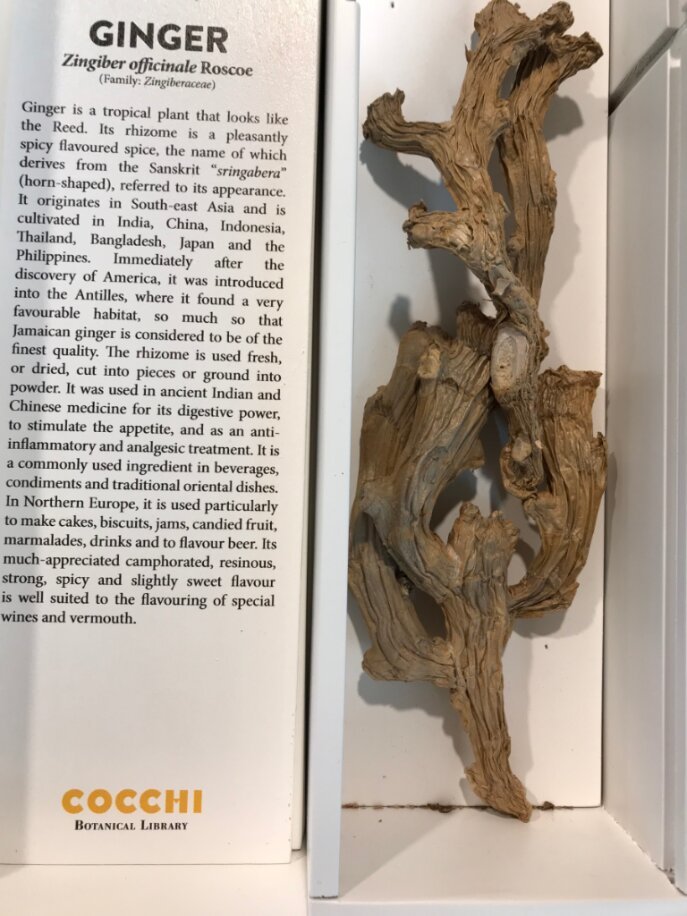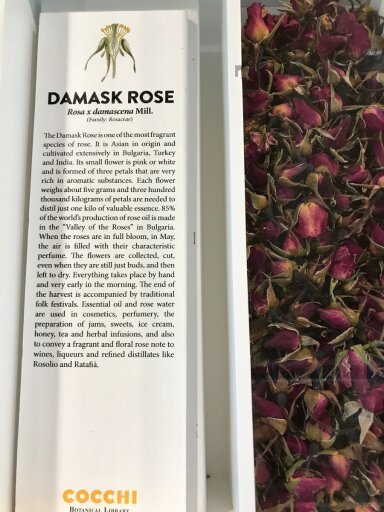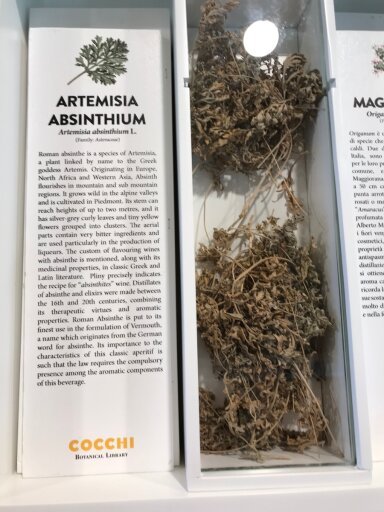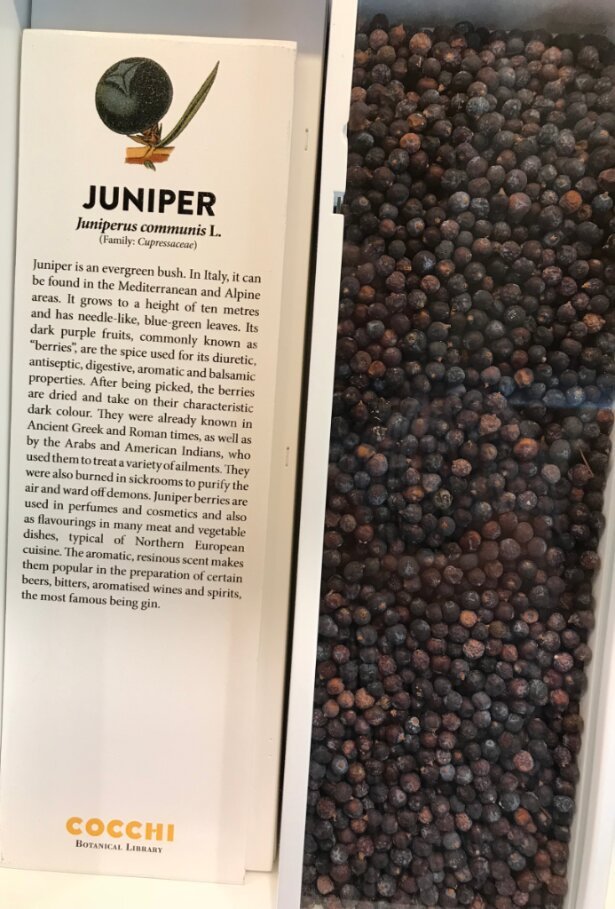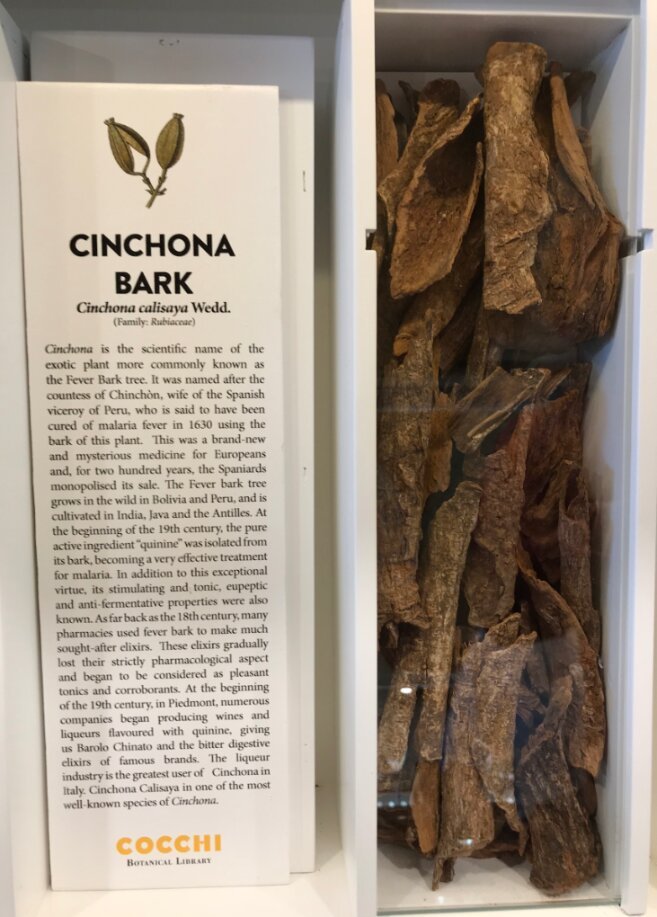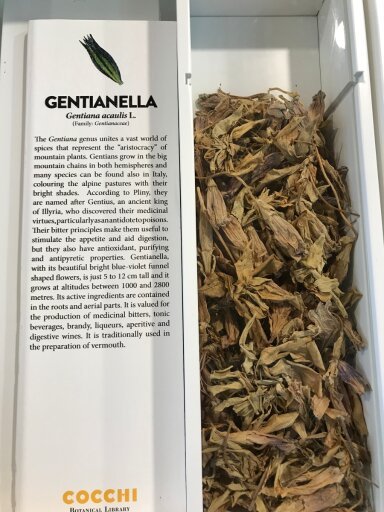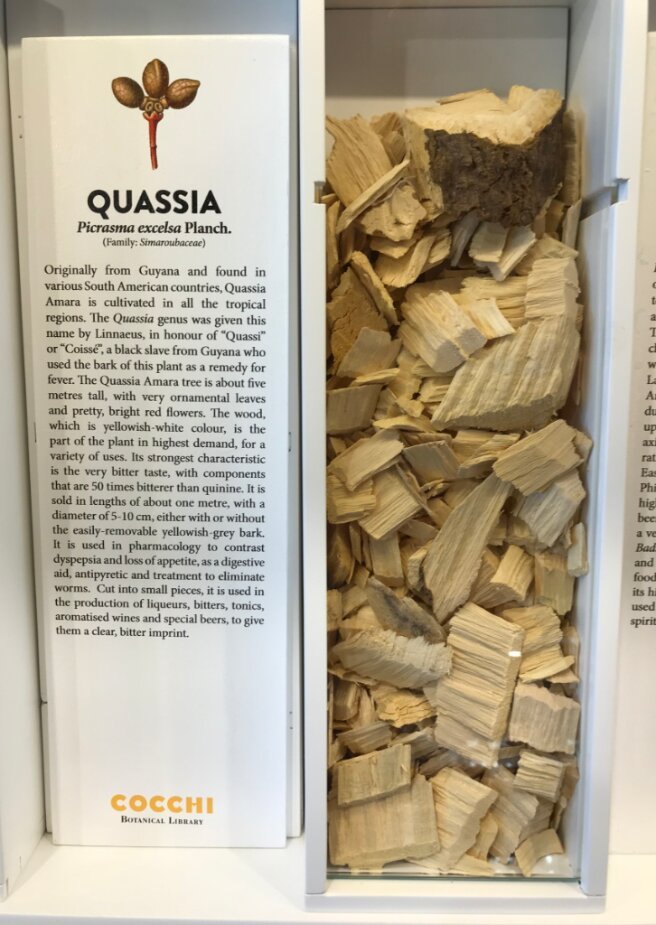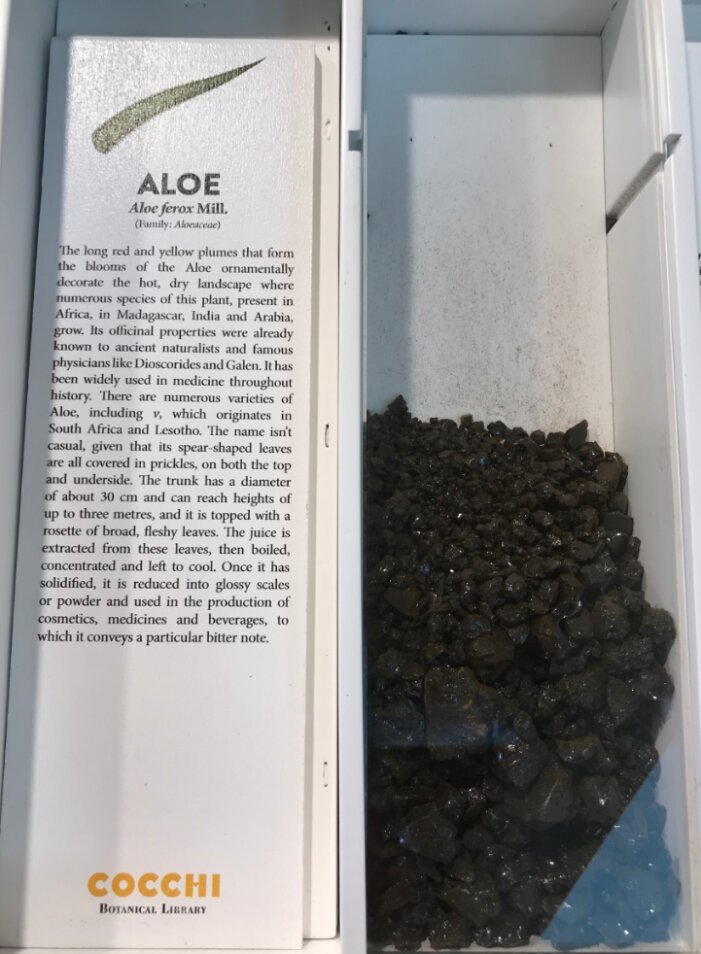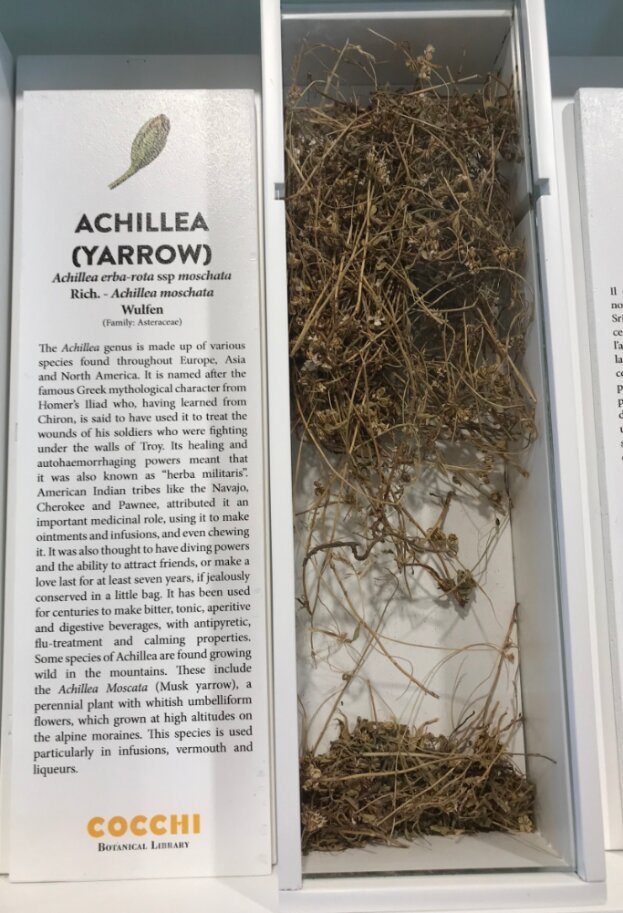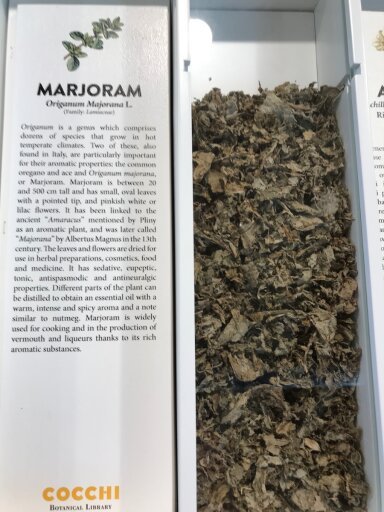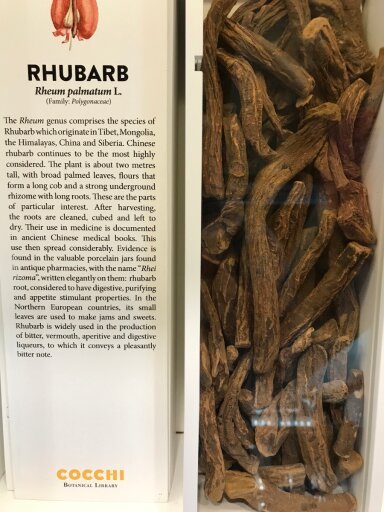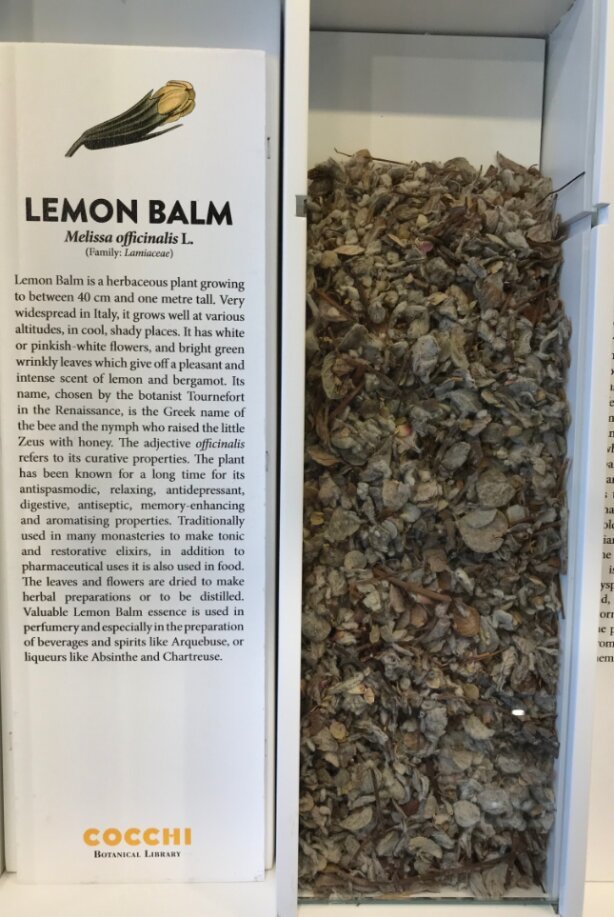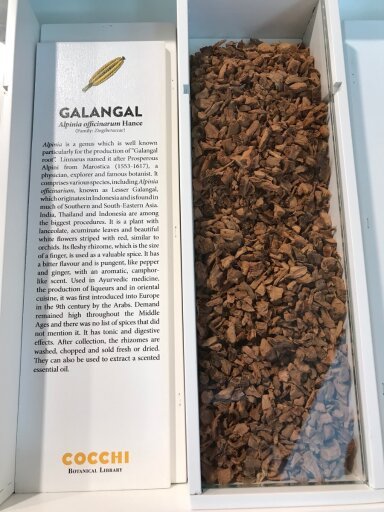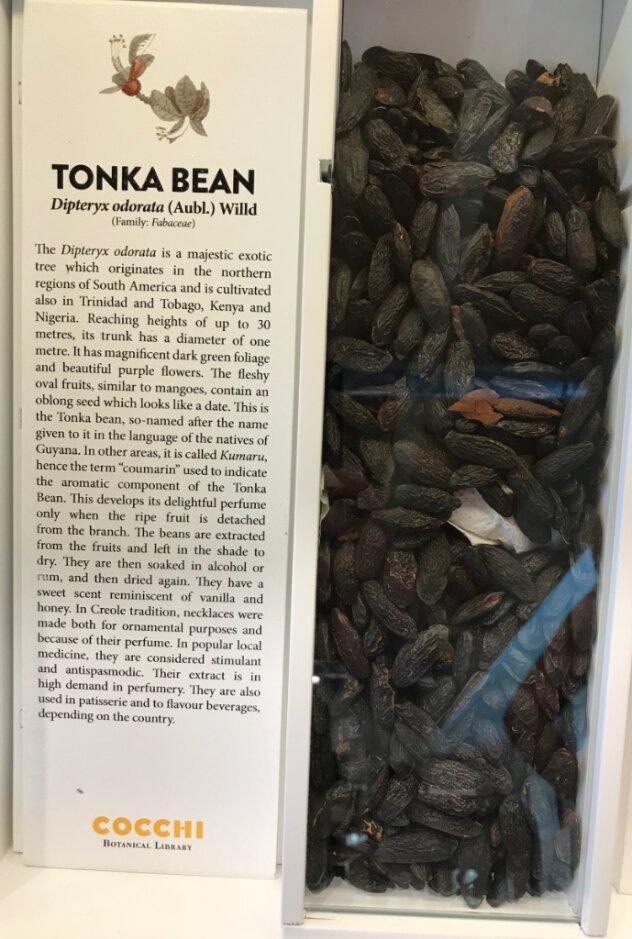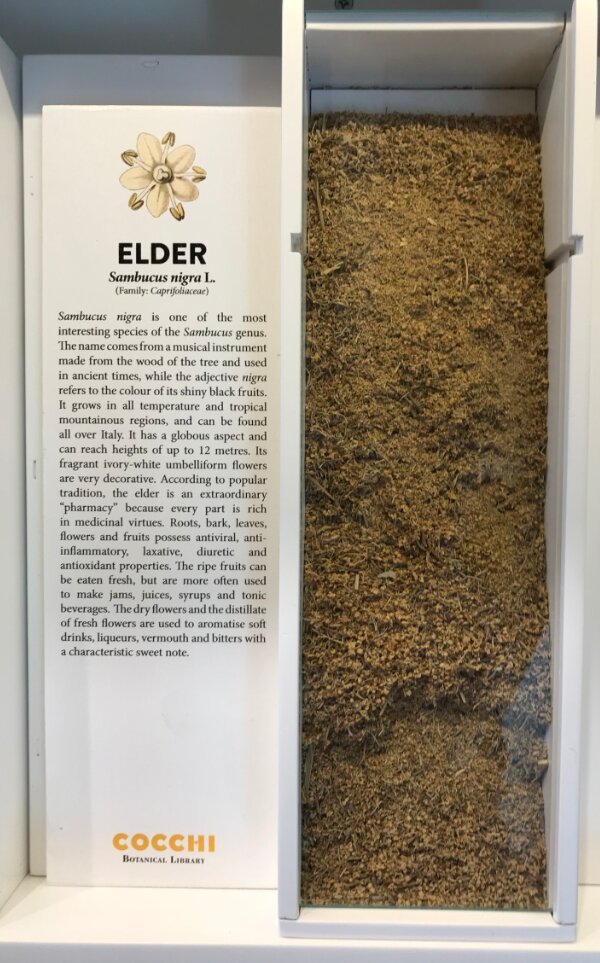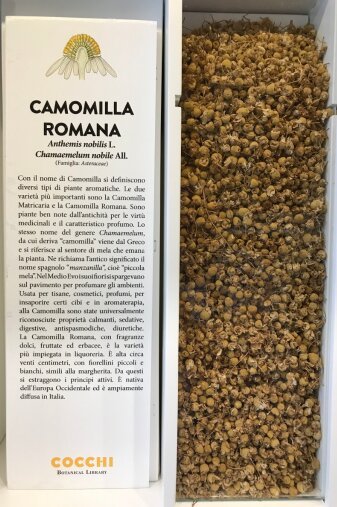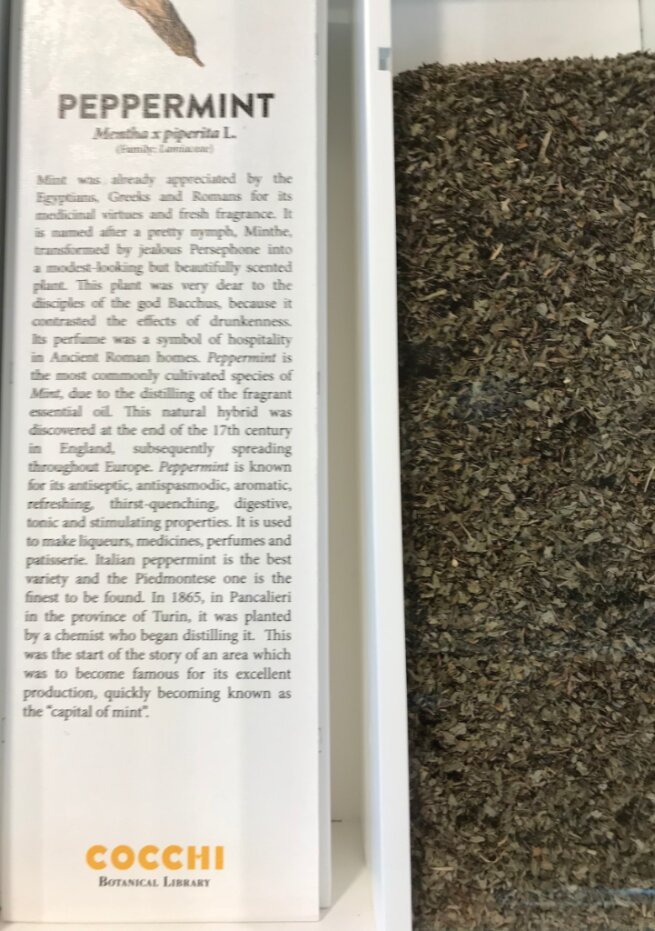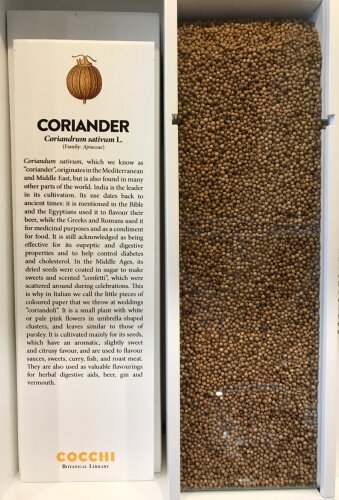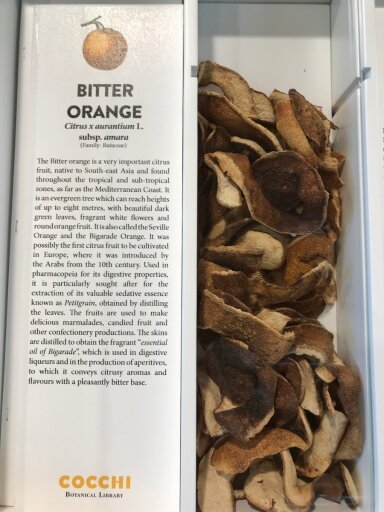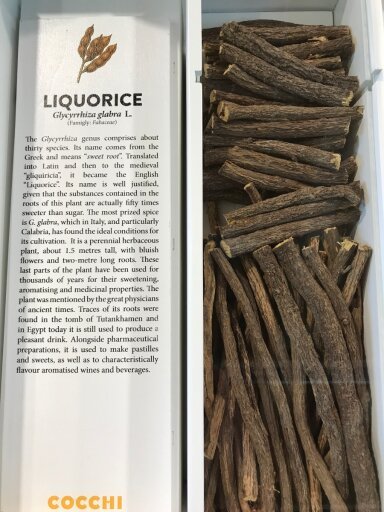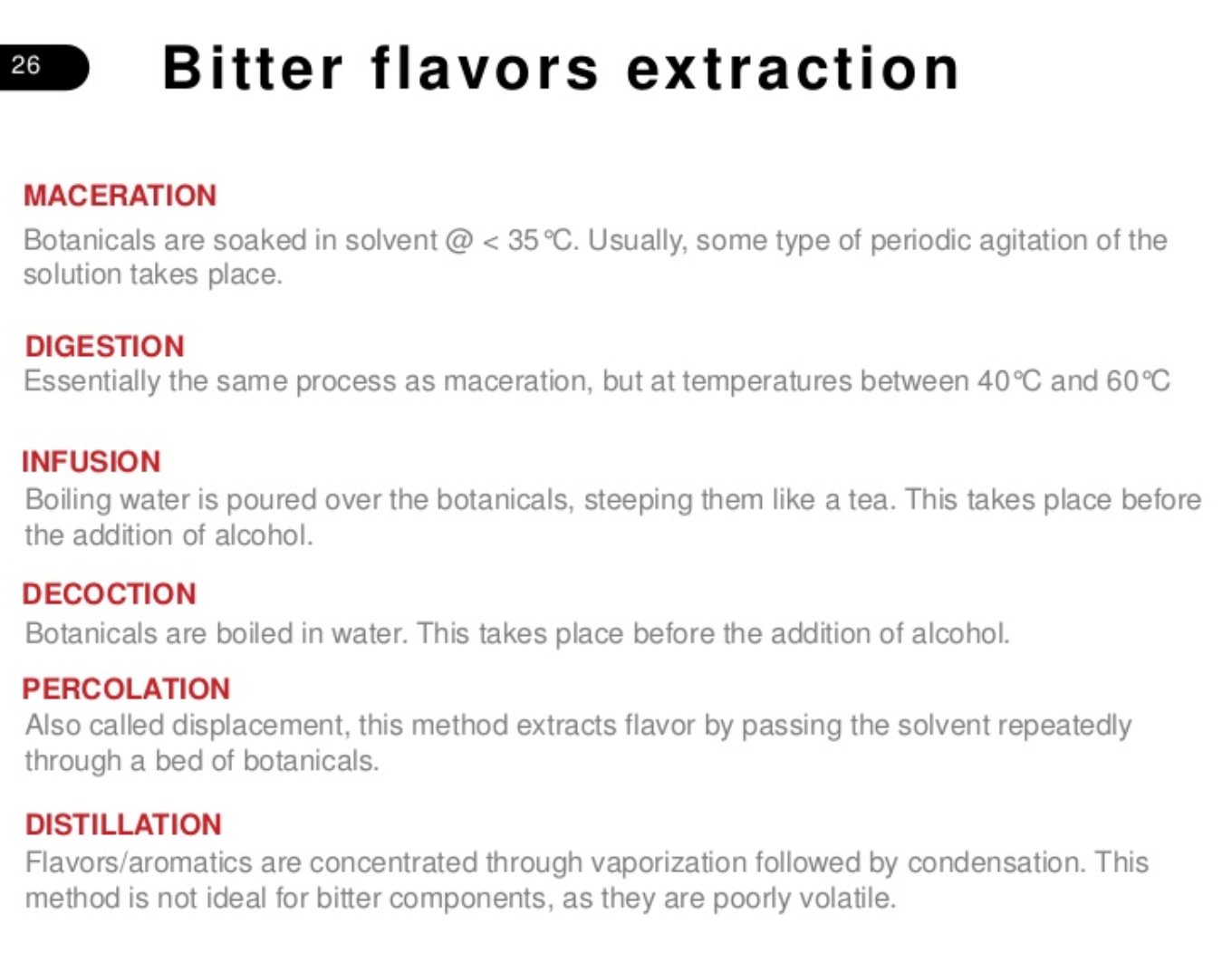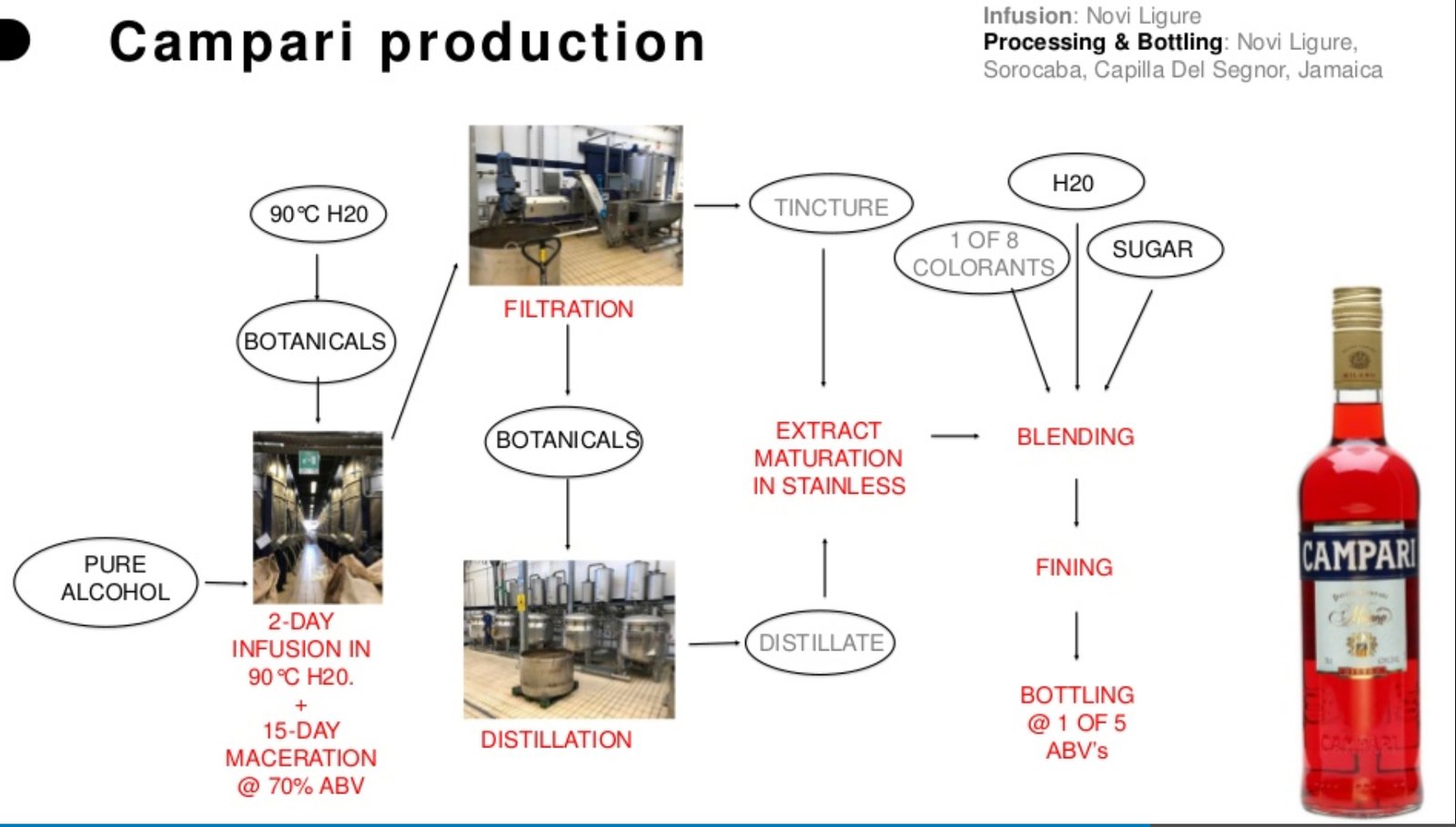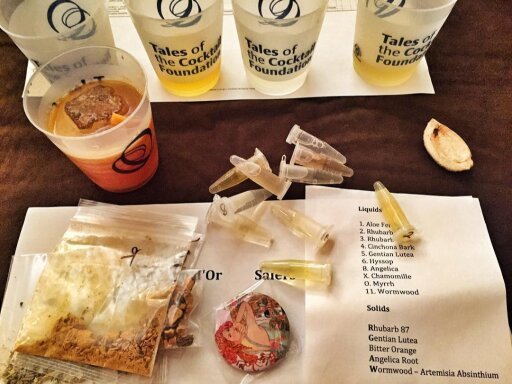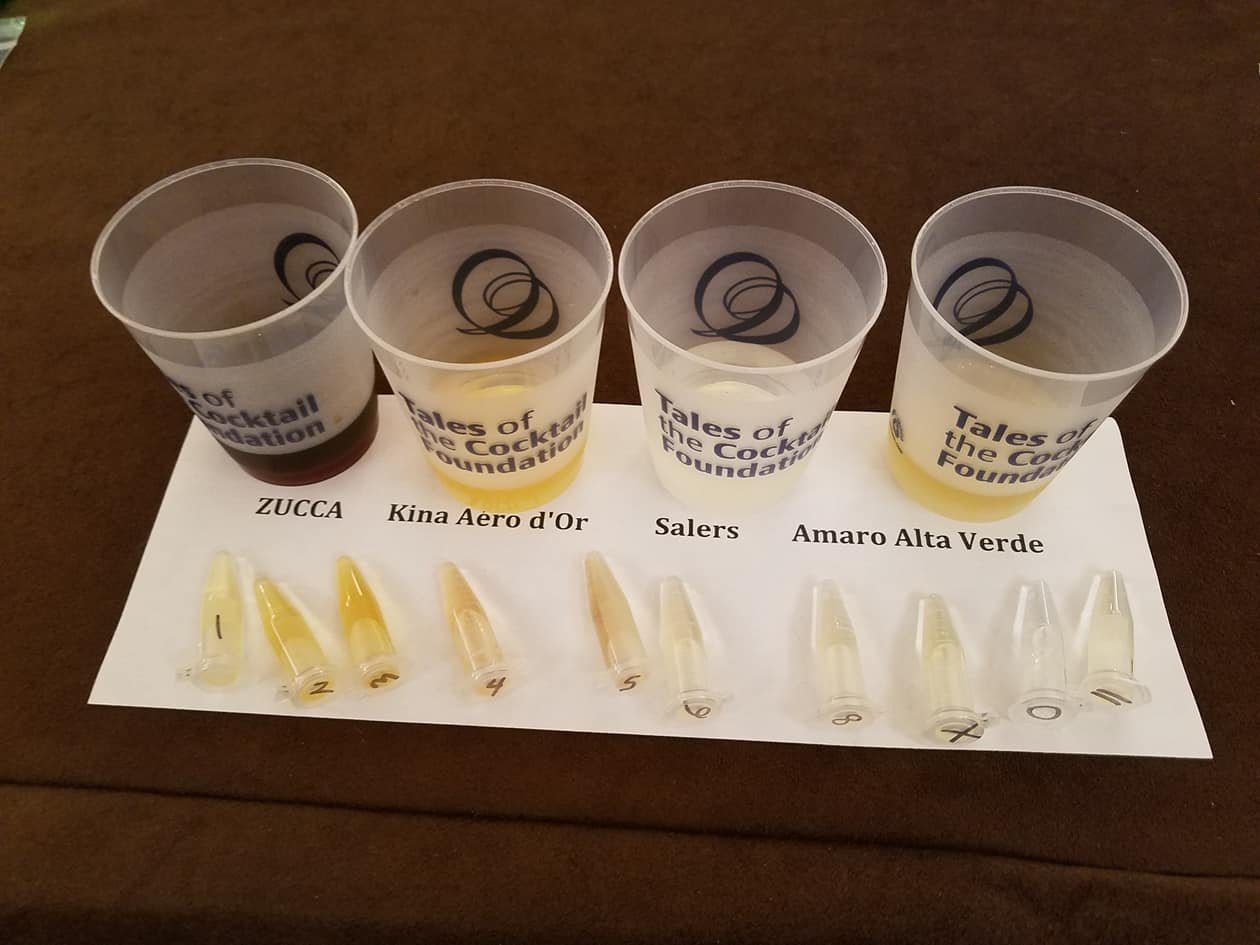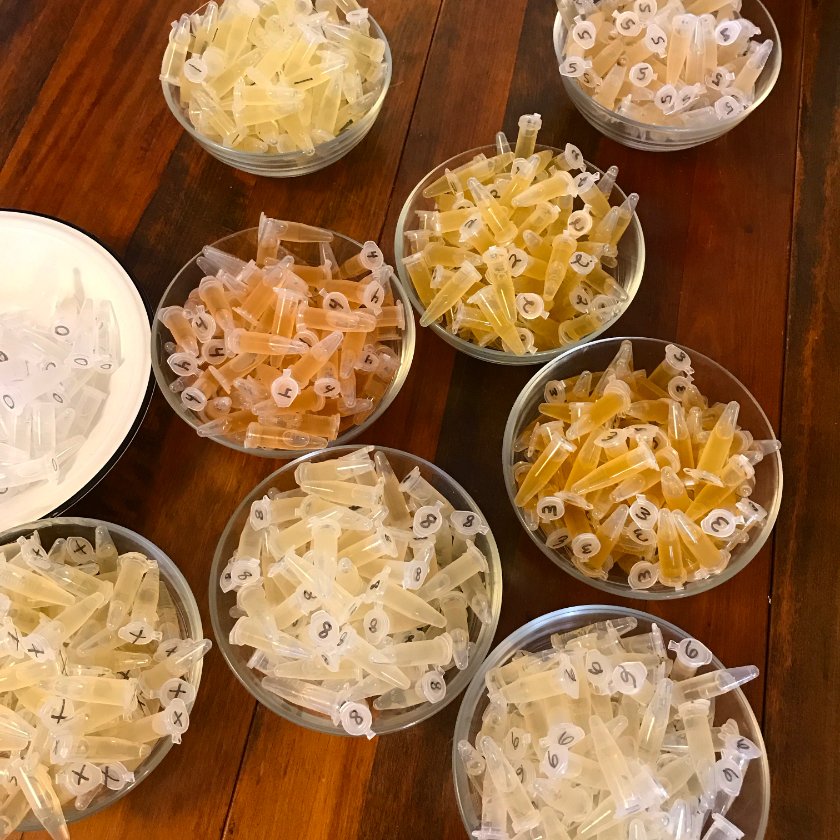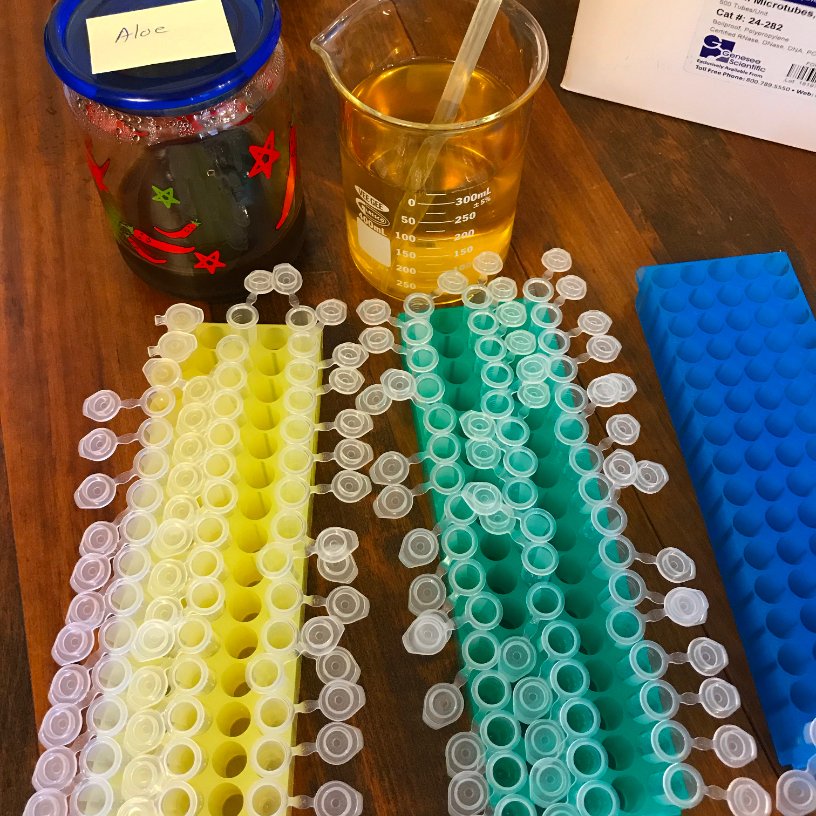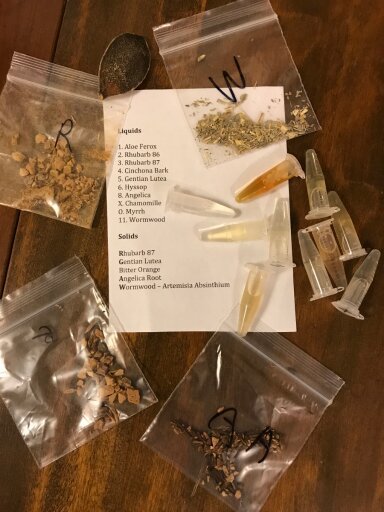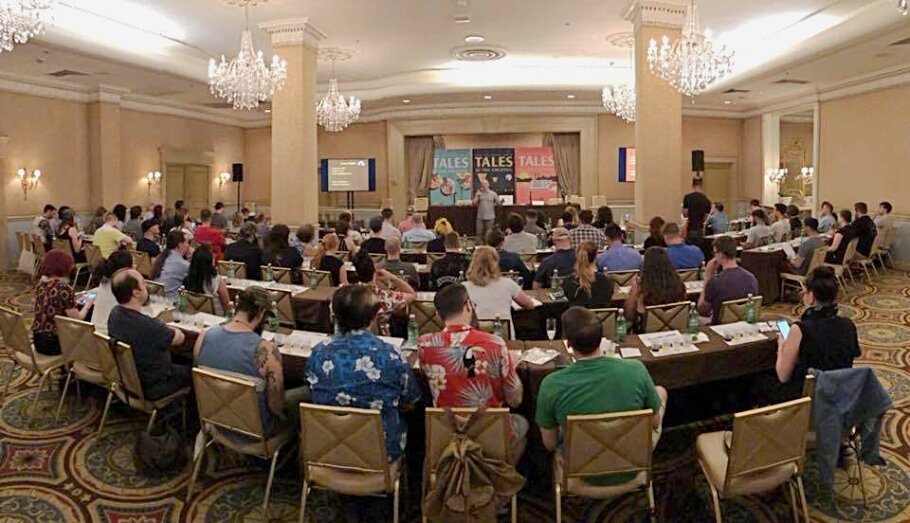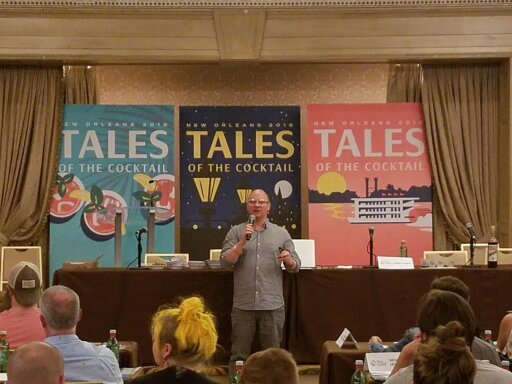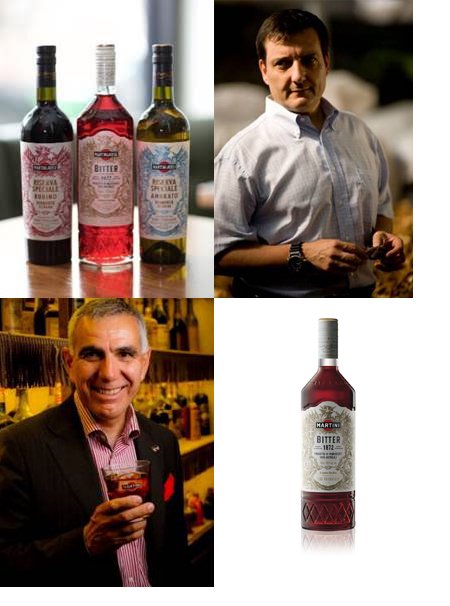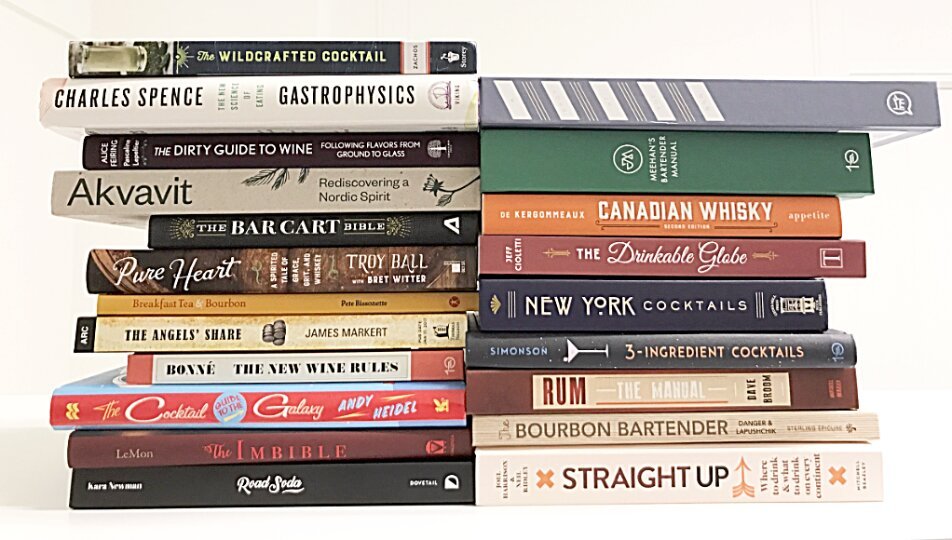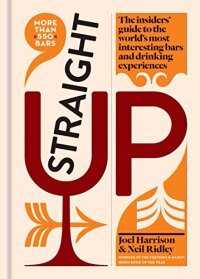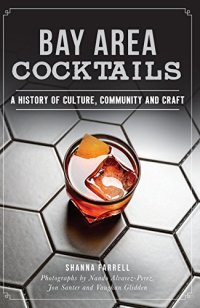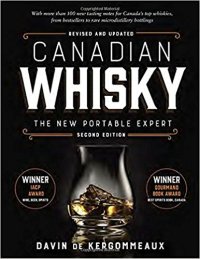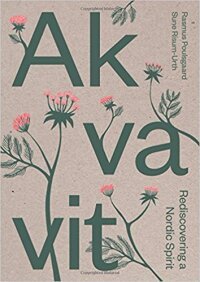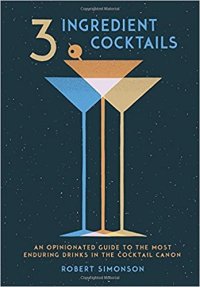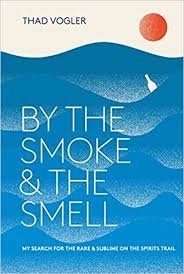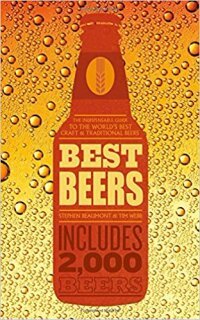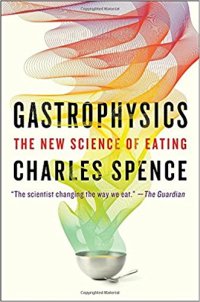It's January, and maybe you're taking a break from drinking so much or maybe you've resolved to drink less. Here are some suggestions on what to drink instead.
I asked my bartender pals on Facebook what they drink when they're not drinking alcohol. I didn't expect 100 of them to reply! I put them into various categories mostly based on their first answer to the question. There are some conclusions at the end. It is very long.
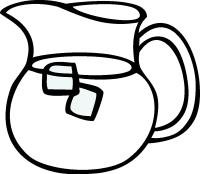 Water! And Coconut Water
Water! And Coconut Water
It seems that people who like plain water also like herbal tea.
Daniel Castro of La Banane in Toronto, Ontario: Water. I'm getting older, I get migraines, and so looking after my health is #1. Herbal, peppermint tea is another go-to.
John Lermayer, Sweet Liberty, Miami: Alkaline water and green tea (together and separately)
Paul Bradley of Dubai: Large amounts of water, St Clements, lashings of ginger beer. And coconut water
Jabriel Donohue of Circadia, Seattle: Plain soda water, herbal tea, non alcoholic beer
Robert Freeman of Sidecar in Jacksonville FL: Acqua Panna with fresh squeezed lemon.
Charles Steadman: Mayim sparkling water and sencha tea from JoJo tea
Nonna Titulauri of Hakkasan San Francisco: If I'm out but not drinking, if I'm at a restaurant bar, I either drink hot/cold tea or a coffee beverage. And if I'm at a single standing bar, I just drink water with no ice. I like to keep it simple. I often times go visit my friends after my shift at bars where they work and just have a glass of water.
Chris Grimm of Sugar & Olives, Norwalk, CT: I try to drink a couple of litres of water, during a shift. My non-alcoholic, non-water go-to is Pellegrino Pamplemousse.
Ricardo Albrecht: Coconut water
 Topo Chico Sparkling Water
Topo Chico Sparkling Water
Mindy Kucan of Hale Pele Portland, OR: Topo Chico!!!! I always have a case of topo in my car! Iced tea- sometimes I sweeten it. Black tea, golden milk, and I make this coconut water-banana-cocoa powder-Hawaiian sea salt smoothie that does the trick.
Pamela Wiznitzer of Seamstress, NYC: Topo Chico when available. Otherwise, I drink loads of tea and very into matcha these days!
Brad Bowden of Lounge Here Dallas, TX: Topo Chico for sure! HOLY Kombucha is up there on my go to list.
Donnie Pratt: Tap water, Topo Chico or Mountain Valley Springs and espresso 1000 Faces out of Athens, GA are my favorite.
Stuart Humphries of The Pass & Provisions, Houston, TX: Topo Chico, a highly effervescent agua mineral hard to find outside of Mexico and Texas, goes great with everything, esp. tacos and hangovers
Greg West: Topo all the way. Topo with hint of lime. So good.
Cameron George: Topo chico and Ango.
Kyle Zimmerman, Hutch on Avondale, Oklahoma City: Topo Chico with bitters and an orange slice. I feel like the minerality of topo really plays well with the bitters.
Will Croxville: Topo Chico if possible, but if not just regular old seltzer water for me.
Rich Heider II: Topo Chico
Sodas or Soda Water with Splashes of Something
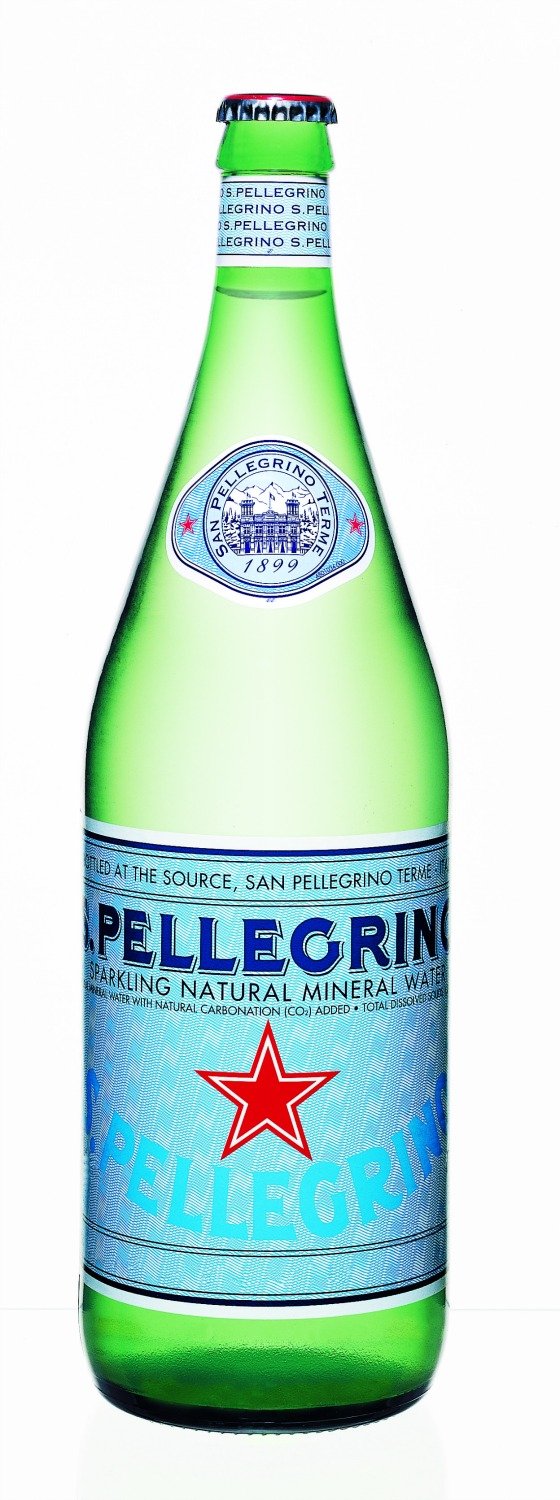 Paul Russell of Hugo's, Portland Maine: Cinotto by San Pellegrino. Also, what I call the hydrito…an N/A mojito with a heavy hand of ango.
Paul Russell of Hugo's, Portland Maine: Cinotto by San Pellegrino. Also, what I call the hydrito…an N/A mojito with a heavy hand of ango.
Danny Ronen, Consultant: I go for effervescent with little to no sugar, so: Perrier Grapefruit, Coconut water (preferably the one Robert Pallone has been working on for the past few years, it's so GD delicious and some of the lowest sugar content i've seen), Hot water, fresh lemon juice (neighbor's tree).
Tony Morandi of 900 wall/the Capitol. Bend OR: Coffee. Half soda water/half water. Tea is awesome mid day and night. Veggie based smoothies. Coconut water. But for special occasions, well made/ interesting sodas in limited quantities. Made a pineapple allspice soda the other day that was killer
Jason Laidlaw of The Shameful Tiki Room, Vancouver: Water, splash of pineapple if I need an energy boost (and the opened can(s) of soda water at the end of the shift. Not at work: coconut water (no added sugar), kombucha, water.
Travis St Germain of Clover Club, Brooklyn: Soda water lime juice and salt.
Matt Roberts of London: 1 lime, Mexican elbowed, pinch salt and soda water during service. Pot after pot of pu'erh tea helps keep the focus on line clean day too!
Josey Packard of Bar Mezzana, Boston: I make a tamarind syrup that has brags vinegar in it, a no-sugar St John's "syrup," and a sarsaparilla syrup.
Andy Griffiths: Sparkling water with yuzu juice!
Jamaal PatronJames Bowen: Clayton's Kola Tonic, splash Ginger Ale and 4 dashes of Angostura Bitters for good measure
Elliot Clark of Trick Dog, SF: Soda water, pineapple juice, and Peychauds bitters.
Alastair Burgess: Lemon, lime and bitters, actually available as a canned soft drink in the Caribbean. Other wise, ginger juice, lemon juice ango bitters and soda water.
Kailee Asher of Counter Intuitive/Undertow in Phoenix AZ: I'm pregnant right now so no drinking for a while… Clausthaler N/A beer, club soda and ango, dealer's choice N/A cocktail at a cocktail bar – had a really good smash at Otium in LA!
Odd Strandbakken of Himkok, Oslo. Norway: soda, ice, grapefruit bitters and grapefruit zest!
Francis Schott of Stage Left & Catherine Lombardi a restaurants, New Brunswick, NJ: Blenheim Ginger Ale (not-so-hot) out of the painted glass bottle (never plastic) or Elderflower syrup and soda. 2 oz in 6 oz seltzer- my favorite brand is Austrian by Nikolaihof. Elderflower syrup in German is Holunderblütensirup (available through Michael Skurnik Wines). Fun to drink – fun to say. I keep a bottle in my refrigerator at all times.
Zachary A. Evans: Fresh squeezed lemonade, ginger ale, and cran. Equal parts.
Ole Buddrus: Technically speaking bitters contain alcohol, that aside my favorite is still ginger ale and angostura, preferably East Imperial.
Ben Johnson of The Imperial Life, Asheville, NC: I find myself drinking a lot of Coke, or specialty soda in general. When I go out to eat or to a bar, my go to is almost always Peach Nehi soda if they've got it (and most places in Western North Carolina do). I'll also crush a soda water with lime after a long shift. And if I'm at a real dive, I'll generally go for a grapefruit juice (out of a can) and soda, as it looks more like a drink. There's really no reason to be at a dive bar if you're not drinking, so I find it best to mask it at these types of places.
Tonic Water, Modified
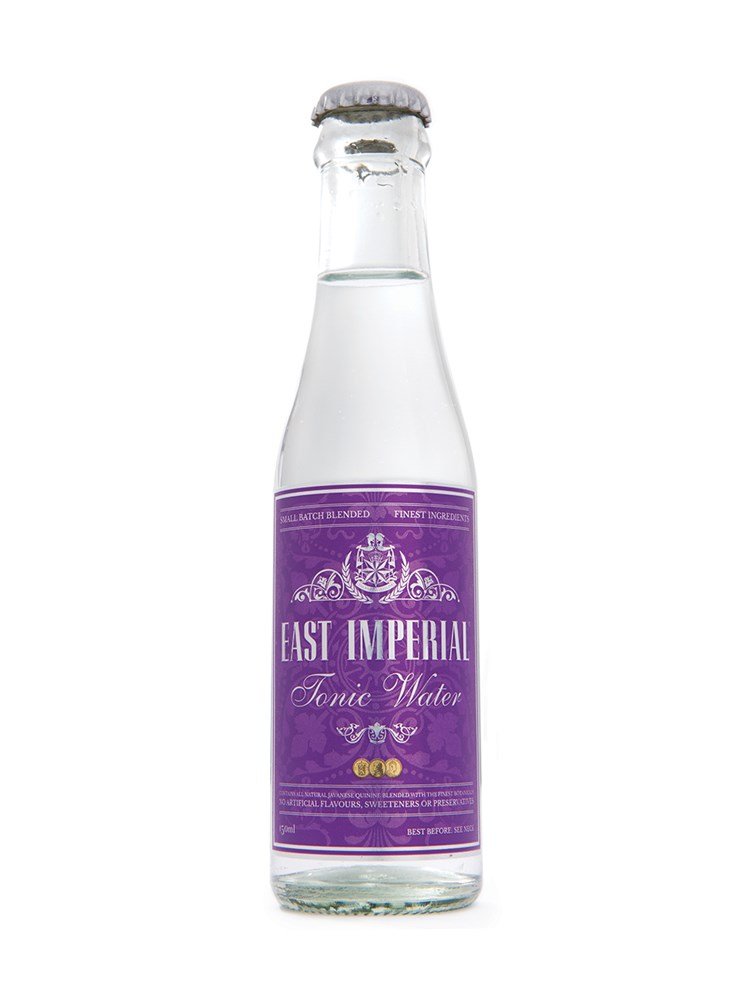 Jacopo Rosito: 54 Mint, San Francisco: Cranberry, tonic, lime !
Jacopo Rosito: 54 Mint, San Francisco: Cranberry, tonic, lime !
Mike Henderson of Edible Beats (Root Down), Denver: Tonic, Lime, and Angostura Bitters. Preferably Q or Indi tonic.
Jay Villafana of The Slanted Door, San Francisco: Grapefruit and Tonic
Blair Frodelius. Mid-Century Lounge. Syracuse, NY: Fever-Tree Tonic water and a squeeze of lime, Orangina or Lavender Dry Soda all served on the rocks.
Brian Means, Michael Mina Group: Seedlip and tonic is delicious!
Tyler Fry: Tonic on anything, especially grapefruit. Juices and tea. Chai-spiced cider.
Jessi Mess, Absinthe, SF: grapefruit & tonic, sometimes with ango.
Paul Mathew of The Hide/The Arbitrager, London: House tonic syrup, orange bitters, squeeze of lime, soda, long w/lots of ice. And shots of 50:50 maple syrup and lime juice for a pick-me-up.
Coffee, Please
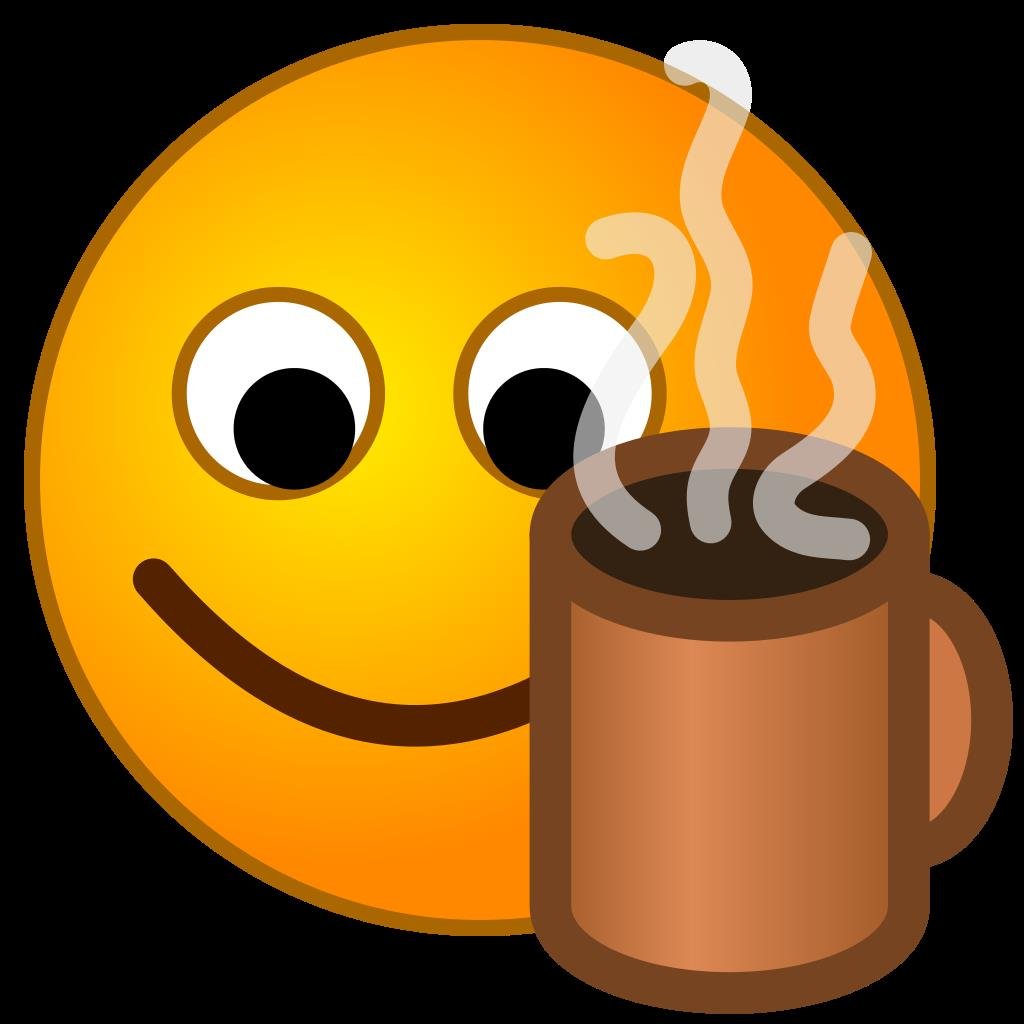 Fred Yarm of Loyal Nine in Boston: My number one nonalcoholic drink is coffee, hot and black, although I have no problem drinking it room temperature such as during a shift or if I have left overs from yesterday's pot. Otherwise, the majority of my nonalcoholic drinking consists of water either still or sparkling. And medicinally (besides its use for making Bucks and Mules), ginger beer such as a ginger-forward one like AJ Stephens is my go to.
Fred Yarm of Loyal Nine in Boston: My number one nonalcoholic drink is coffee, hot and black, although I have no problem drinking it room temperature such as during a shift or if I have left overs from yesterday's pot. Otherwise, the majority of my nonalcoholic drinking consists of water either still or sparkling. And medicinally (besides its use for making Bucks and Mules), ginger beer such as a ginger-forward one like AJ Stephens is my go to.
Adam Patrick K of Rothbard Ale & Larder, Westport, CT: Bulletproof Coffee, tisanes, kombucha
Tom Zyankali of Zyankali Bar, Berlin: Café au laut with Vietnamese coffee
Anthony DeSerio: Coffee… lots and lots of coffee. Verners ginger ale when i can get it.
Or Geshury: Espresso tonic. Cold brew from coconut water. Jasmine green speedballed with chamomile/peppermint depending on the time of day. Coconut water + activated charcoal + sea salt (hangover preventative). Fevertree sodas. Mexicoke. Bitters lime and soda when at a bar and not drinking.
Tea and Iced Tea
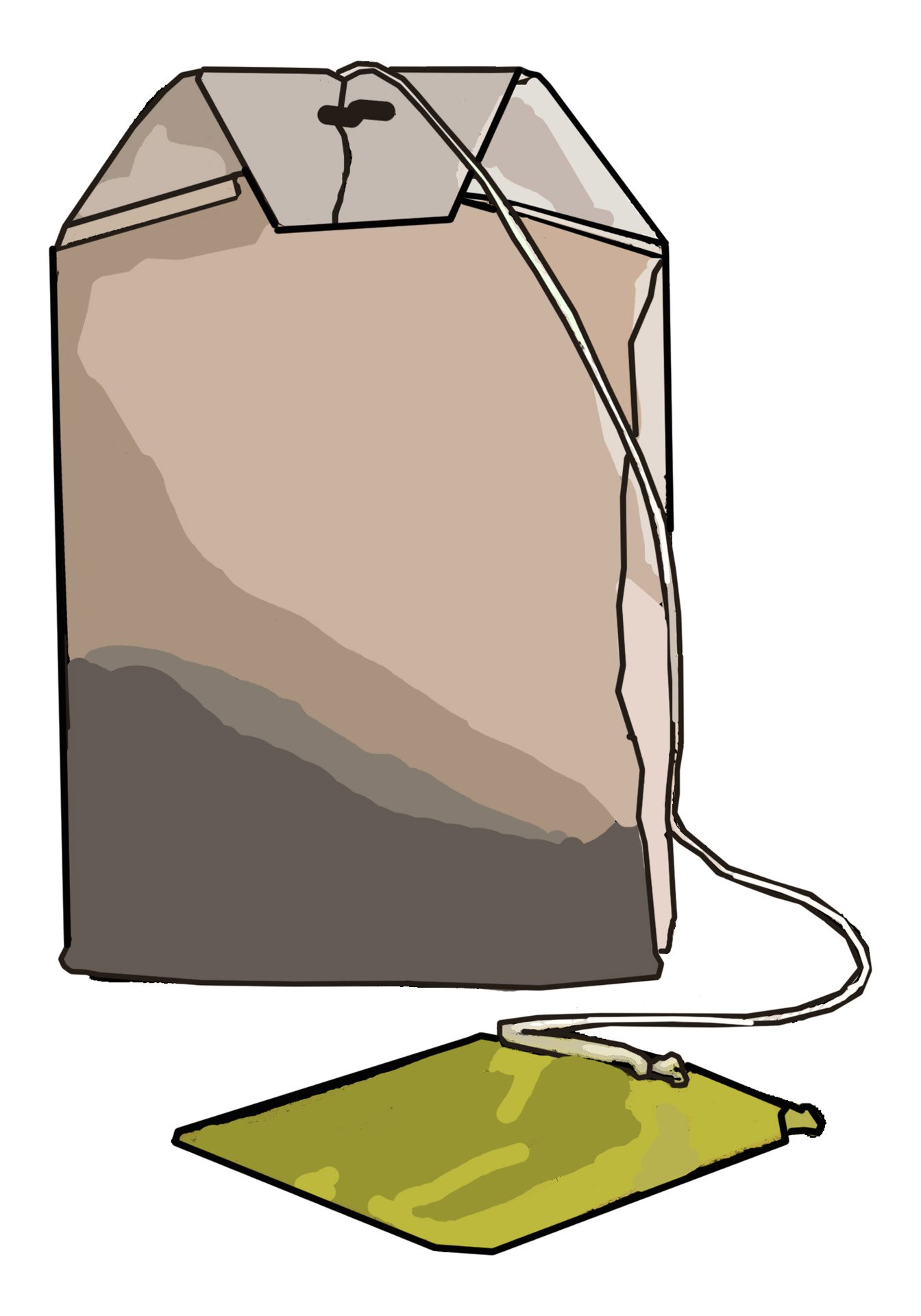 Bill Brooks, The Cannibal Liquor House, Manhattan: I am a big fan of sun tea in the summer. I have 2-3 empty clear growlers that I fill with water, various fruits (watermelon, lemon, raspberry, peaches, etc), spices (mint, lemon verbena, basil), and some really good quality tea. Leave it out in the sun for a couple of hours and I will go thru a jug every 2-3 days. Love my sun tea.
Bill Brooks, The Cannibal Liquor House, Manhattan: I am a big fan of sun tea in the summer. I have 2-3 empty clear growlers that I fill with water, various fruits (watermelon, lemon, raspberry, peaches, etc), spices (mint, lemon verbena, basil), and some really good quality tea. Leave it out in the sun for a couple of hours and I will go thru a jug every 2-3 days. Love my sun tea.
Gary Crunkleton of The Crunkleton in Chapel Hill, NC: Sweet Tea
Christian Suzuki of multiple bars, San Francisco: Genmaicha, Oolang (iced for summer, hot during winter), coffee (black…like my soul)
David Bonatesta: Genmaicha tea , Evian Water or San Pellegrino. Vitamin Water, Carrot Juice, Espresso
Trevor Easter of Normandie Club, Los Angeles: Bhakti original and coldbrew chai blend.
Bethany Ham: If it's cold out – green tea with honey and lemon or chai tea with a little hot almond milk. If it's hot out – bitters and soda #ftw, iced tea or ice water with a splash of fresh sweetened ginger and ango.
Jared Hirsch of Sidebar, Oakland, CA: At work: Arnold Palmer the way he liked it (3:1 iced tea : lemonade.) At home: Harney and Sons' Paris tea, or Lapsang Souchong tea, or Dr. Browns' Cream Soda.
Matthew Rowley, writer: For me it's tea. Iced tea all year and, when the mercury dips, hot tea in an old 500 ml West German beer stein. First one goes down usually before dawn. Second by 7am or so. A third only if I'm not going to the gym that day. Between hot and iced teas, I usually dispatch 2-4 liters per day. I may have a tea problem.
Andreas Künster: Black tea (the English way), cold milk, calpis or calpico with soda and a lot of non sparkling water
Tim Morrison of 4th Street Bar & Grill, Lake Mary, FL: I'm a tea addict. Hot or cold or any kind. I go thru more unsweet iced black tea than anything.
Christopher Day: Tea. Earl Grey. Hot.
Niquito Constan: mate-cocido (a famous argentinean infusion) with milk and mascabo (red sugar), coffee with milk and honey, ginger beer whenever I can lay myself on one. I tend to mix tonic with juices. Homemade guarana soda, or homemade pomegranate with soda! From time to time I go full on zombie mode and drink guarana flavoured energy drink called V.
Jen Ackrill, Top of Waikiki, Hawaii: Technically when I'm "not drinking" I'm drinking Dolin Blanc with soda and a grapefruit zest, but when I'm NOT drinking it's Yogi Egyptian Licorice Tea, hot or cold!
Weird Miscellany
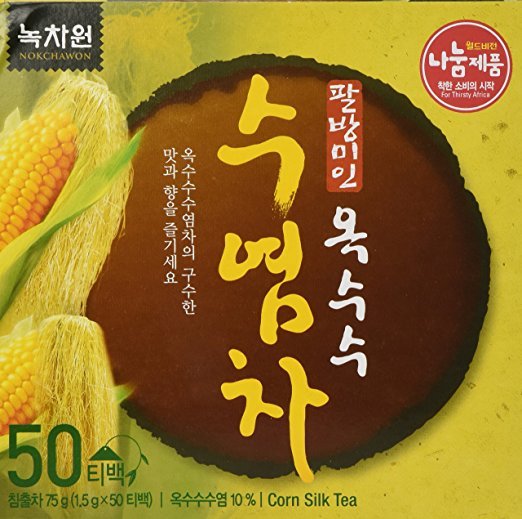 Cari Hah of Big Bar in Los Angeles: Korean Corn Silk Tea
Cari Hah of Big Bar in Los Angeles: Korean Corn Silk Tea
Blake Pope of Kindred, North Carolina: Switchel. It's composition is incredibly simple – usually, just three ingredients: seltzer, apple cider vinegar, and either honey, molasses or maple syrup. I love the simplicity. Kindred currently has a pomegranate switchel on tap and I can’t get enough.
Thor Bergquist of PS40 in Sydney, Australia: Smoked lemonade made in house
Dan Brink: Apple cider vinegar, honey, cinnamon, ice
Leilani Vella: I don't find the trade of sugar for alcohol to be a healthier choice. So kombucha, bitters and soda, lemon grass mint tea, orange slice with fresh mint a splash of lemon juice and soda, or fresh juiced ginger, lemon apple and greens.
Ariana Vitale: Verjus
Cordula Langer: Joghurt with soda and homemade smoothies
Alex Smith, Whitechapel, SF: I have a favorite recovery drink when I go to the gym – when I am coincidentally also "not drinking." Combo of the following: some concentrated cold brew coffee w/ chicory (4 oz), hemp milk (2 oz), natural cane ginger beer (2 oz), coconut water (10 oz), and some Bob's Red Mill chocolate protein powder (3 tbs).
Conclusions
So if you wanted to take something away from this, here is what I see. Bartenders like:
- Tea, perhaps even more than coffee. I did not know this.
- Grapefruit and Tonic – If you're a tonic water brand you're going to want to release this as a combination flavor.
- Topo Chico is so, so hot right now. (I introduce it to my friends as 'bartender water.') Here's a good NYT story about it's new popularity.
